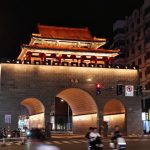I’m not fond of group tours, but some routes are best experienced with one.
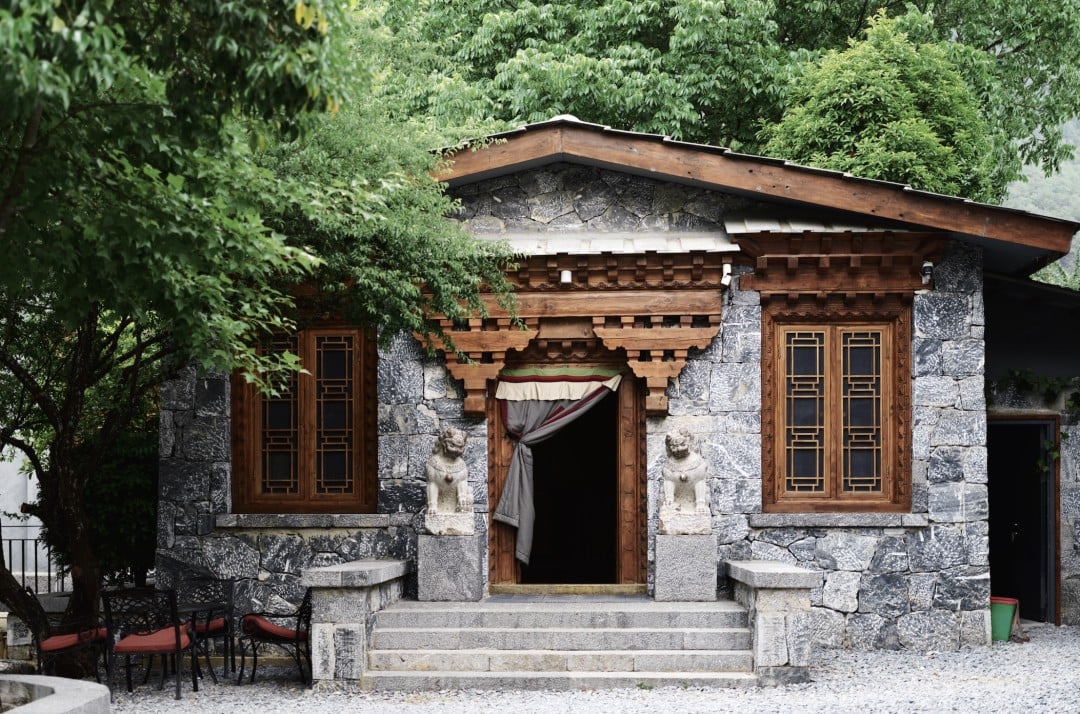
For instance, places like Bhutan, the Tea Horse Road, or the Shangri-La circuit. It’s not that these places can’t be traveled solo, but joining a group makes the journey much more convenient and allows you to experience some unique aspects.
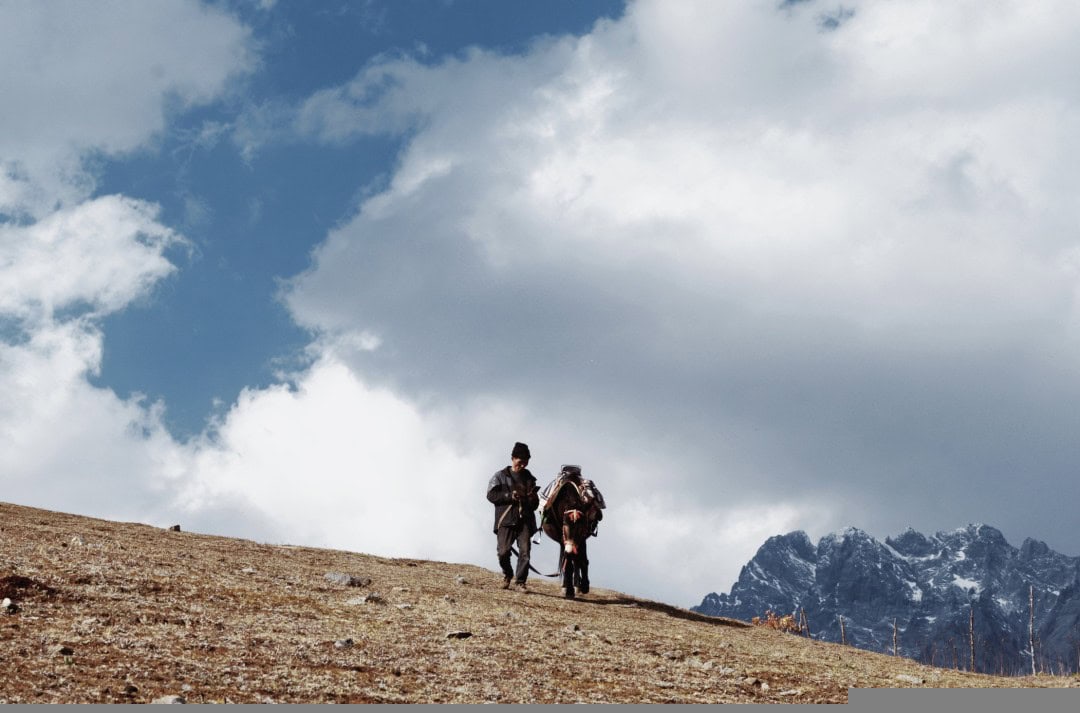
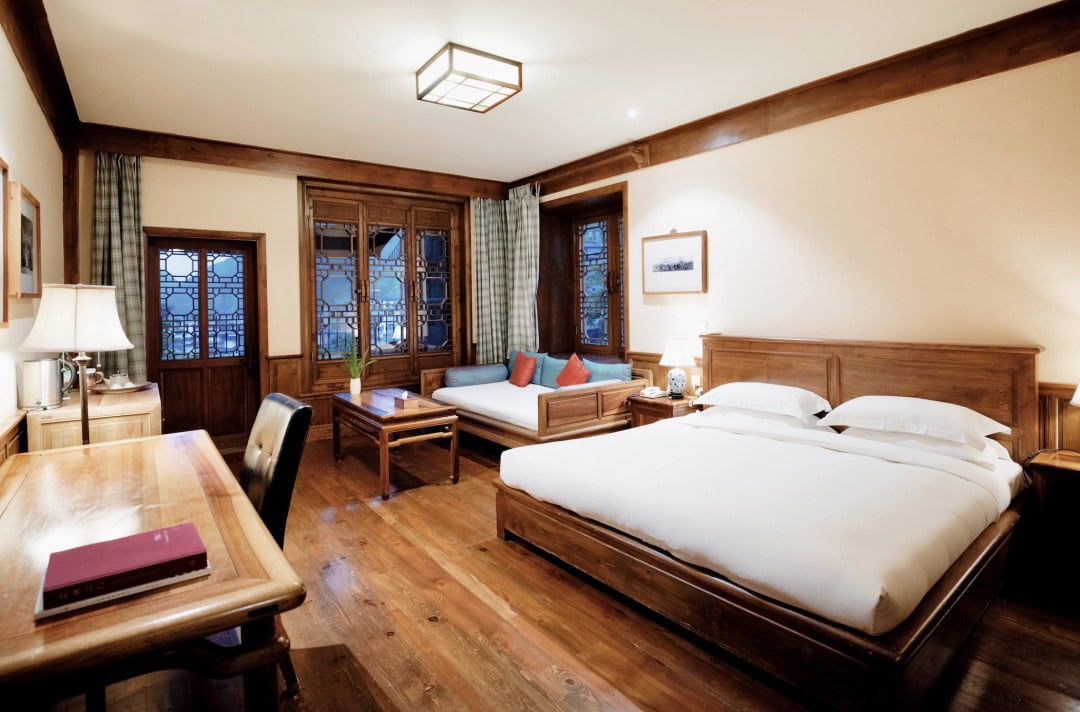
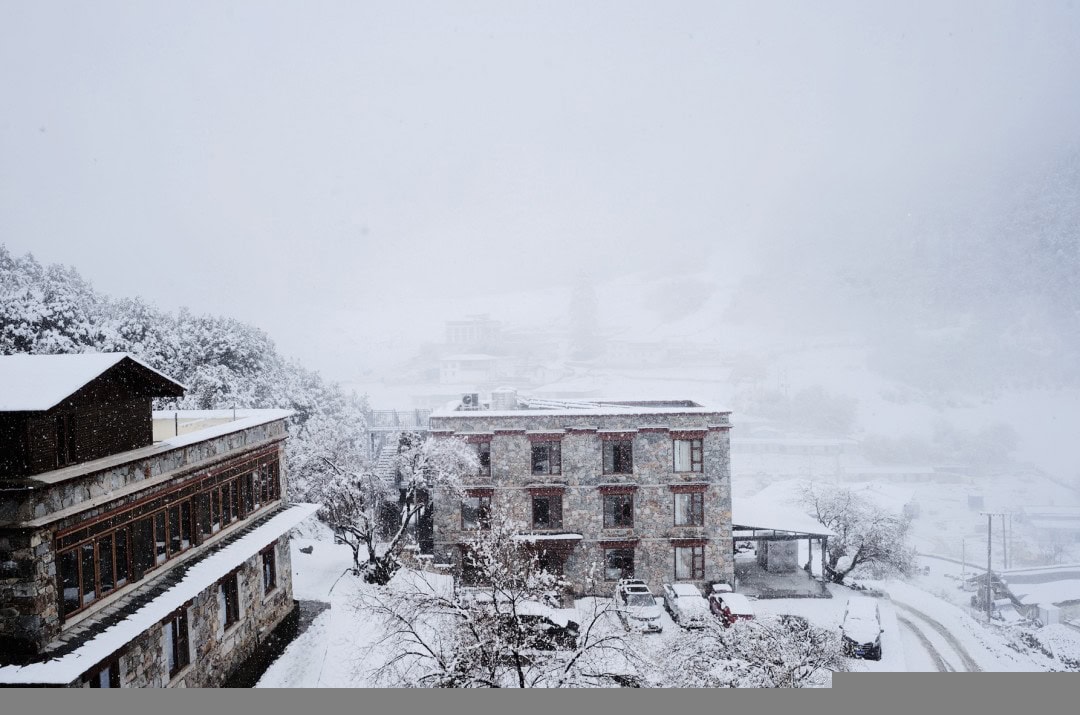
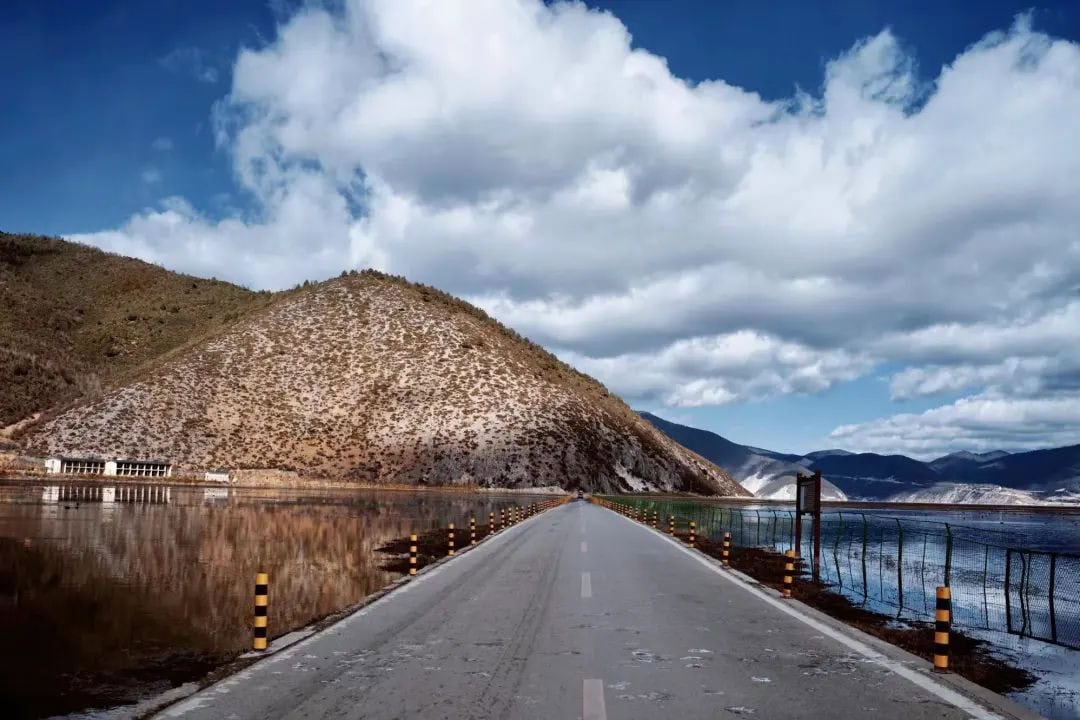
Recently, I completed the Shangri-La circuit.
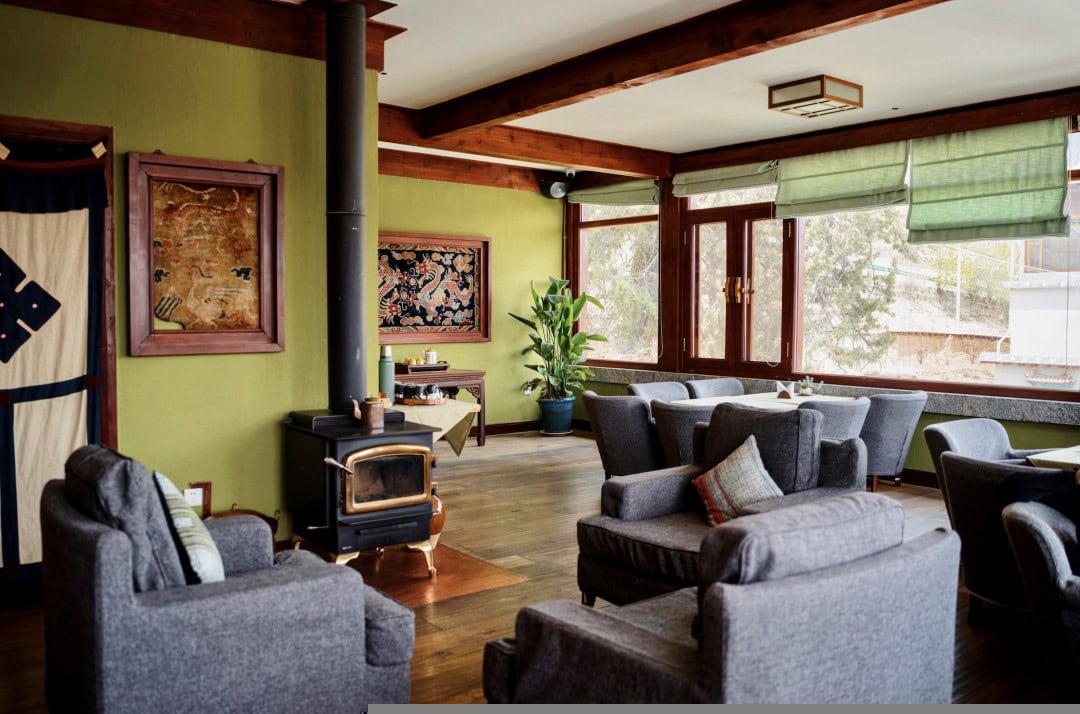
Mountains, lakes, snowy peaks, grasslands, pastures, forests, canyons, sea of clouds, marshes, temples…
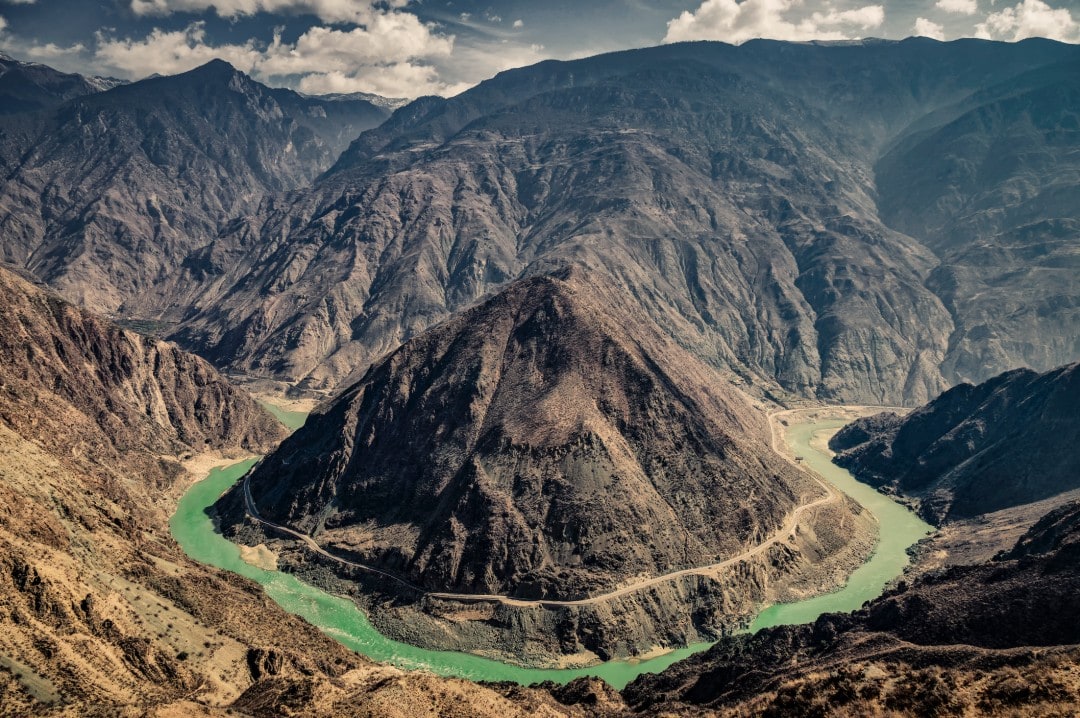
The entire route was extraordinarily beautiful, worthy of being commemorated in words and pictures.
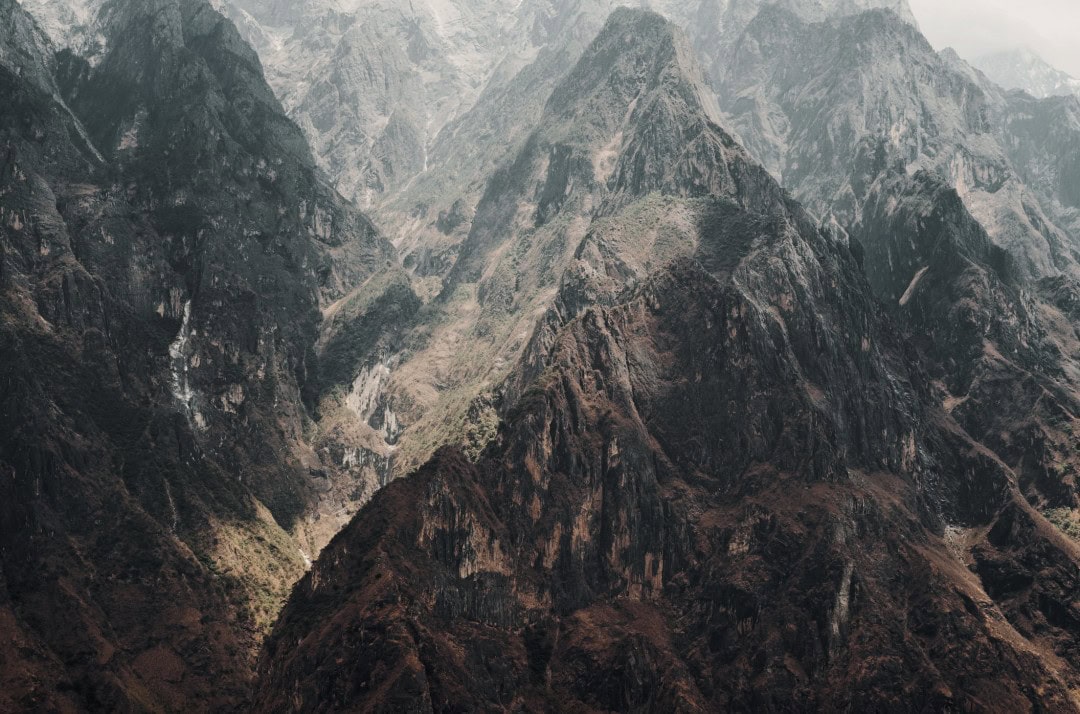
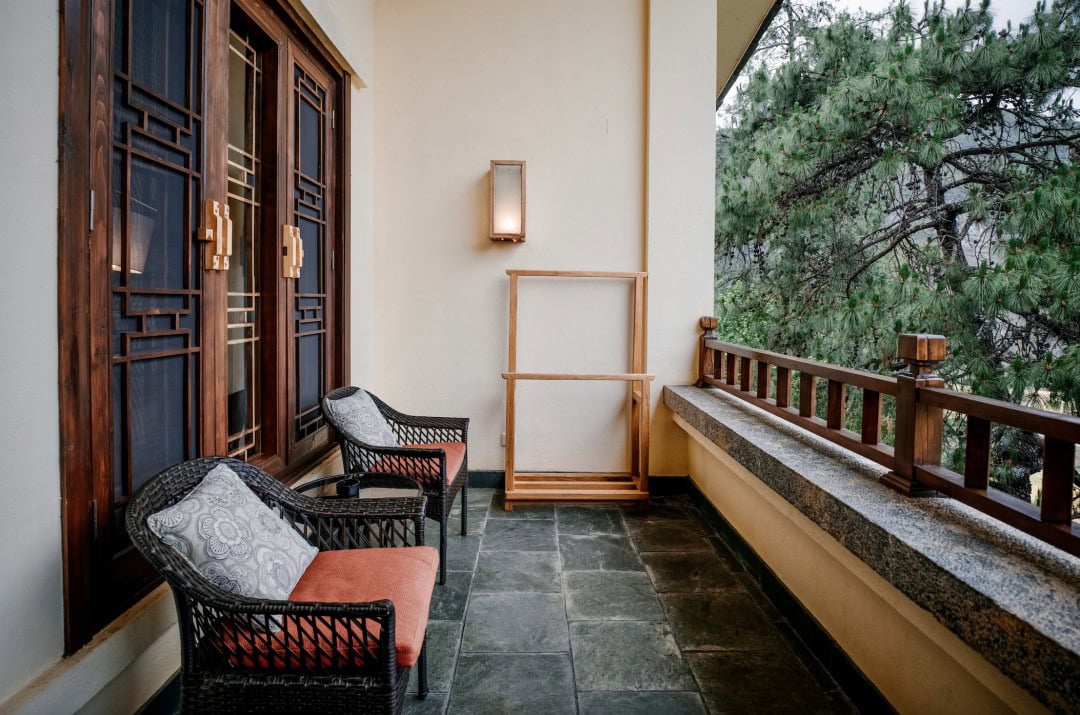
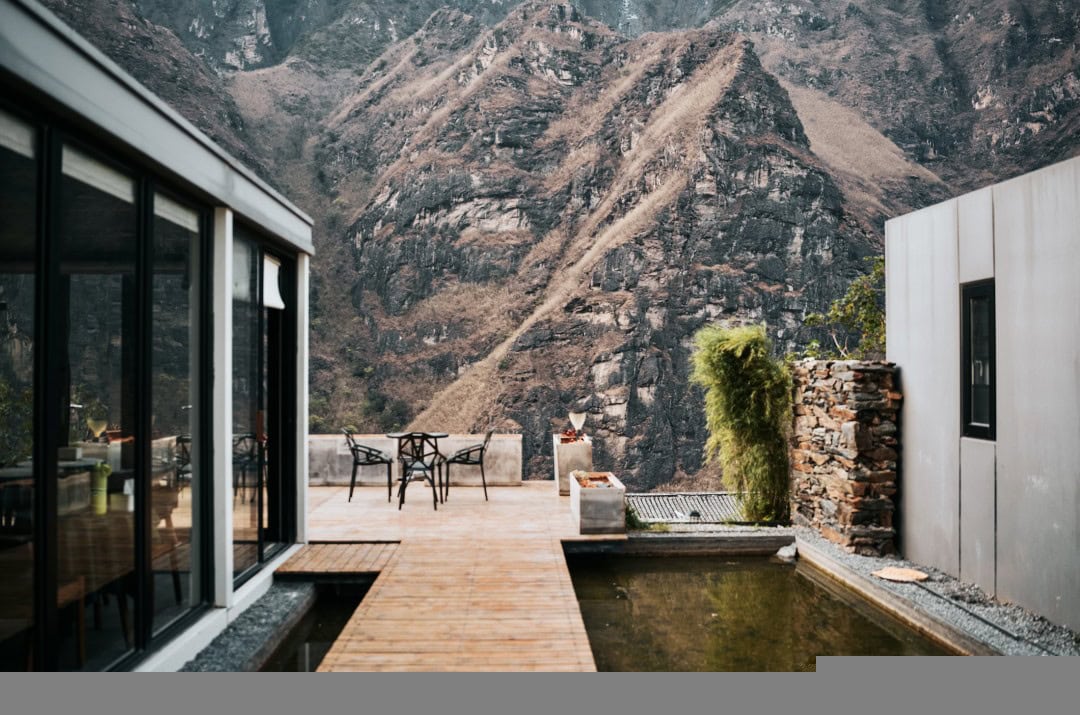
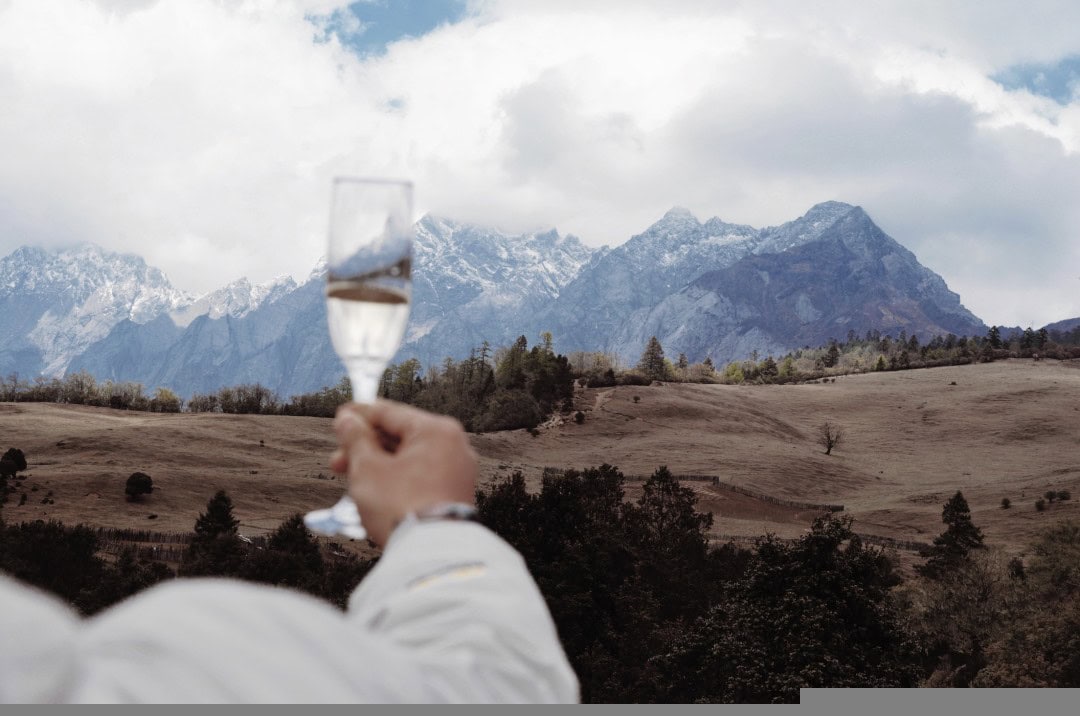
Let me first explain what the Shangri-La circuit is. I’ll use some pictures from Songtsam since we stayed mostly in their hotels this time.
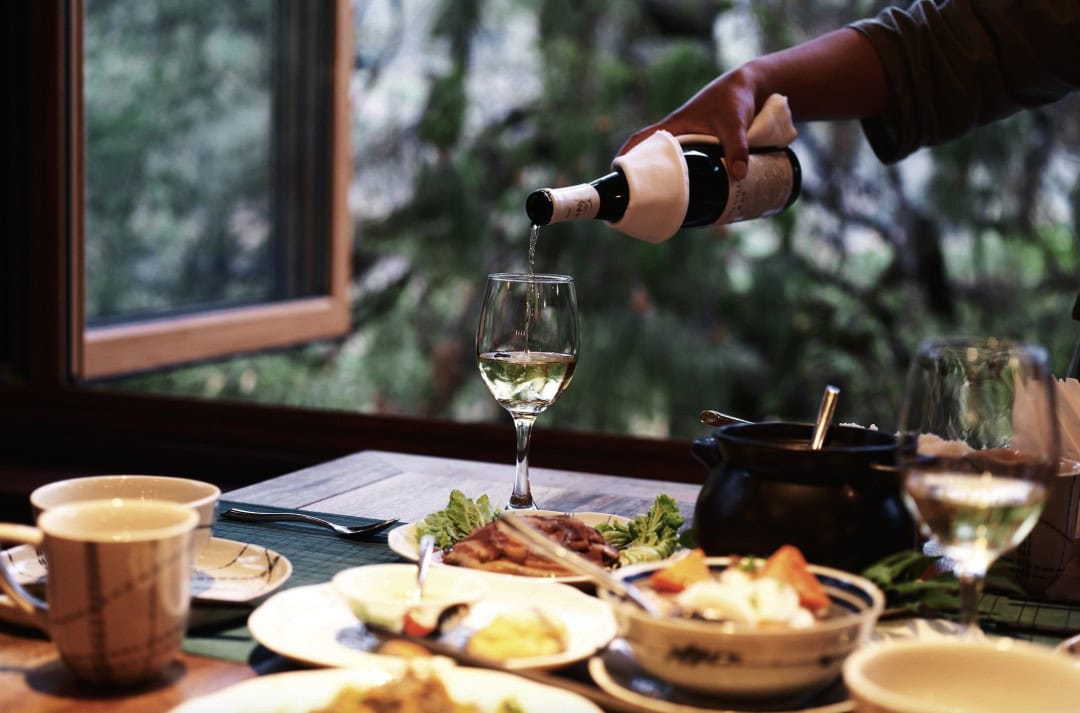
Typically, the circuit starts and ends in Lijiang, forming a loop: Lijiang – Tacheng – Cizhong – Meili – Benzilan – Shangri-La – Lijiang.
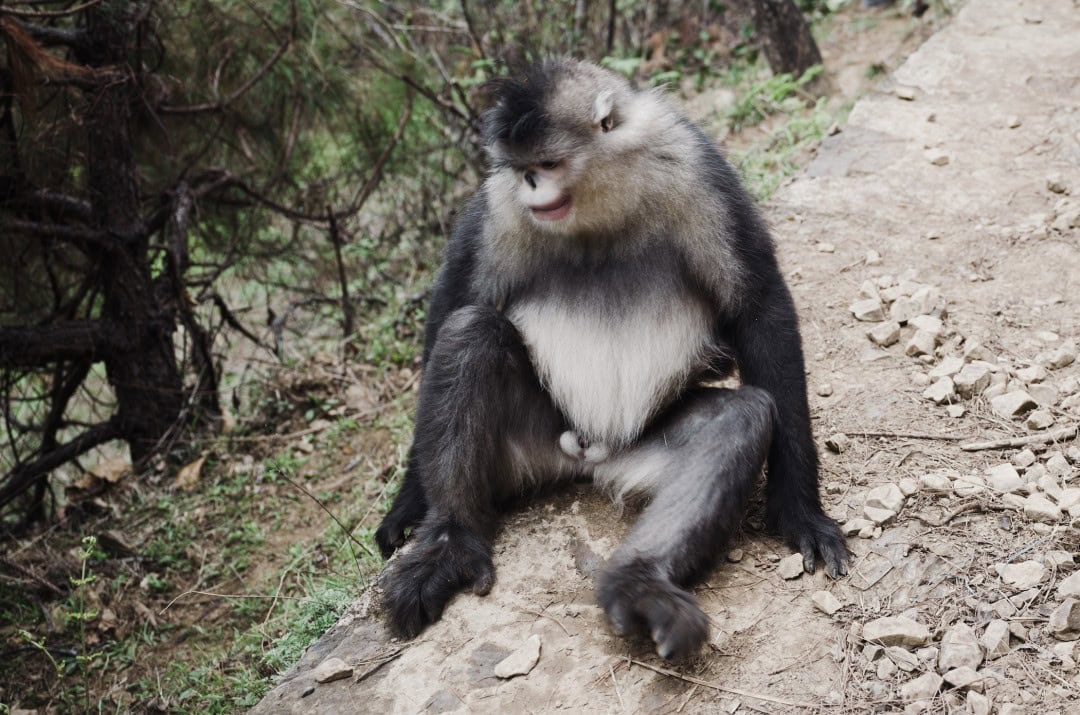
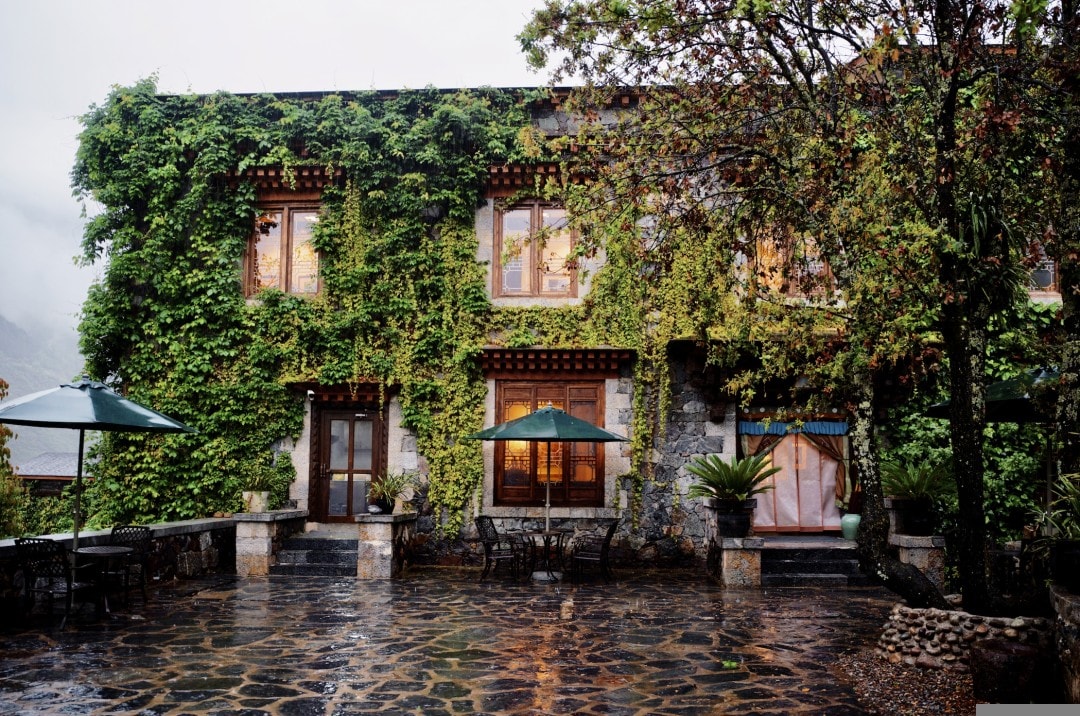
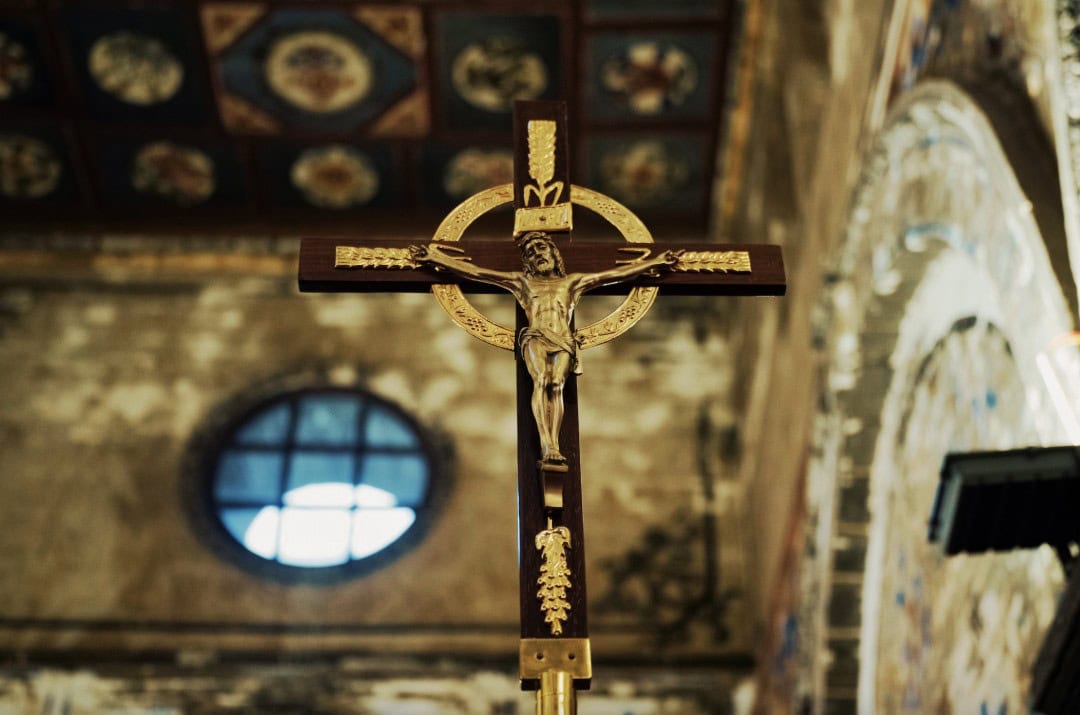
Day 1-2, Tiger Leaping Gorge
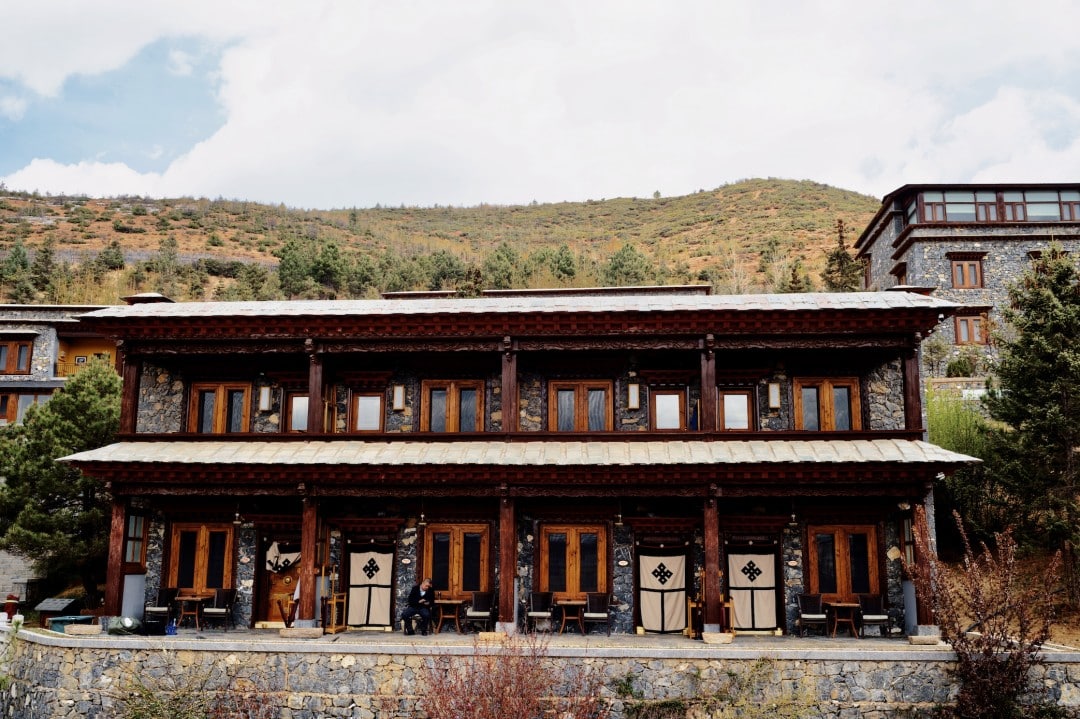
I didn’t start the journey in Lijiang because I’ve already been there 10,086 times.
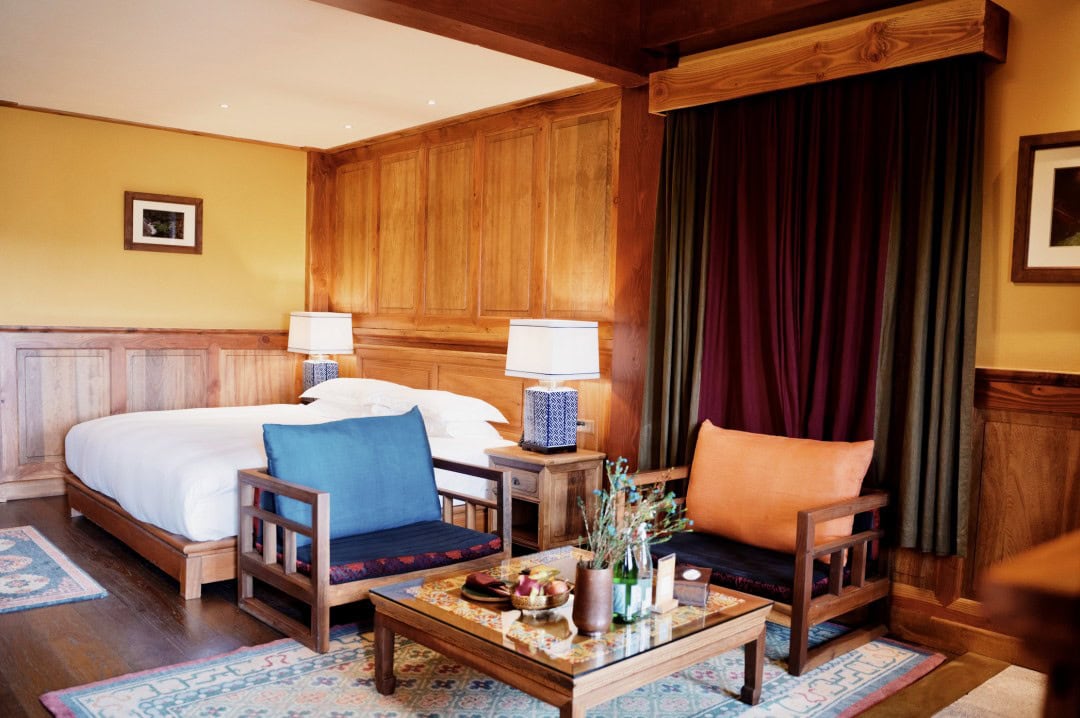
I’ve also been to Tiger Leaping Gorge before, but both times it was a brief visit just passing through to see the gorge. Actually, Tiger Leaping Gorge is a great place for in-depth exploration.

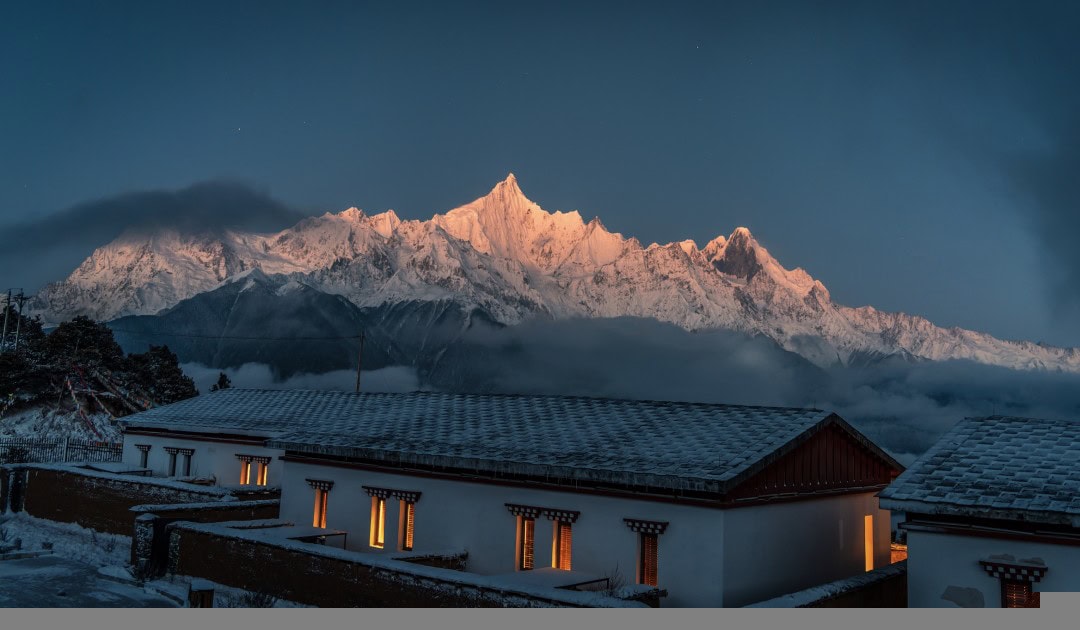
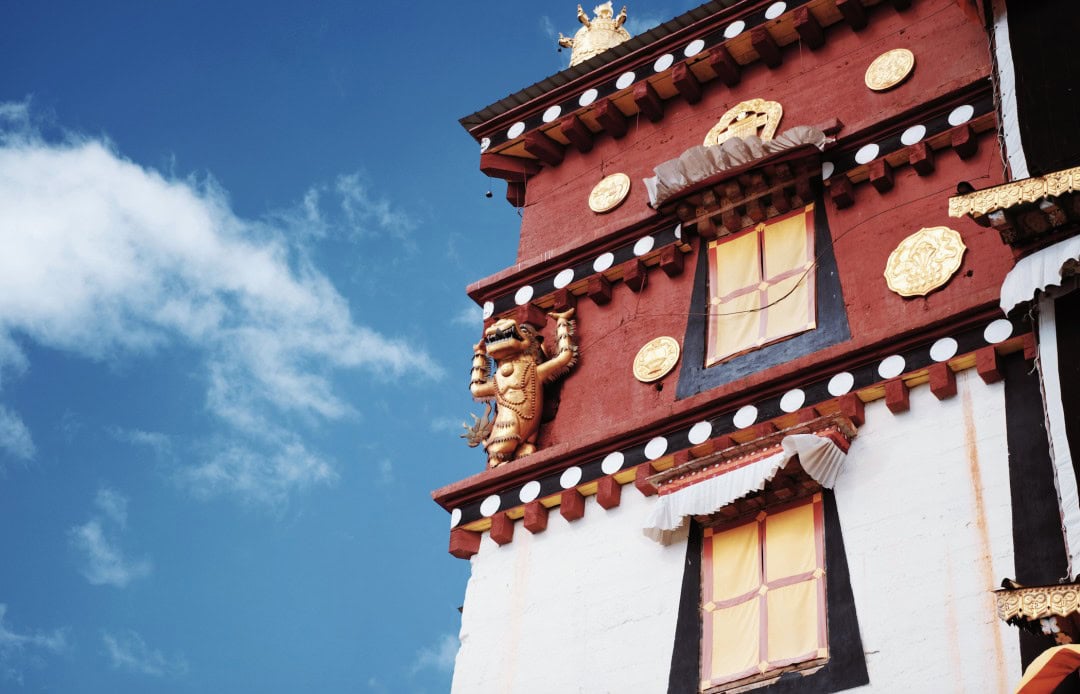
We chose to stay in the half-mountain hidden realm in Middle Tiger Leaping Gorge.
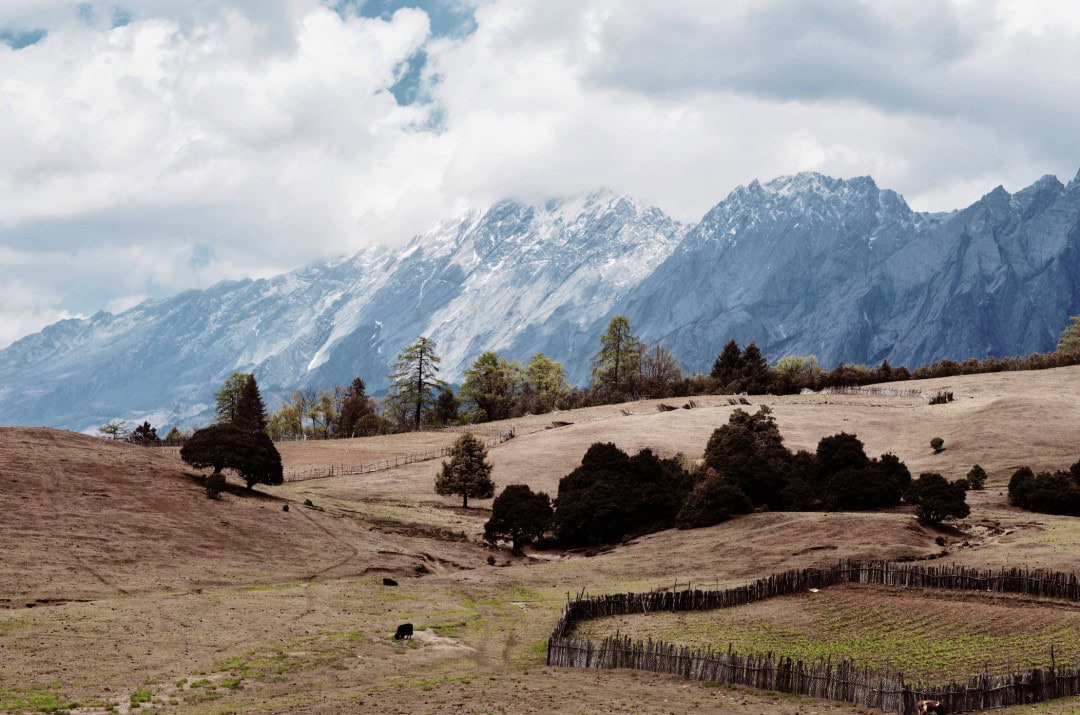
All the rooms in the half-mountain hidden realm are mobile BOX structures (so they can be moved anytime without harming the environment). From the hotel bed, you can see the Grand Canyon, Jinsha River, and snowy mountains.
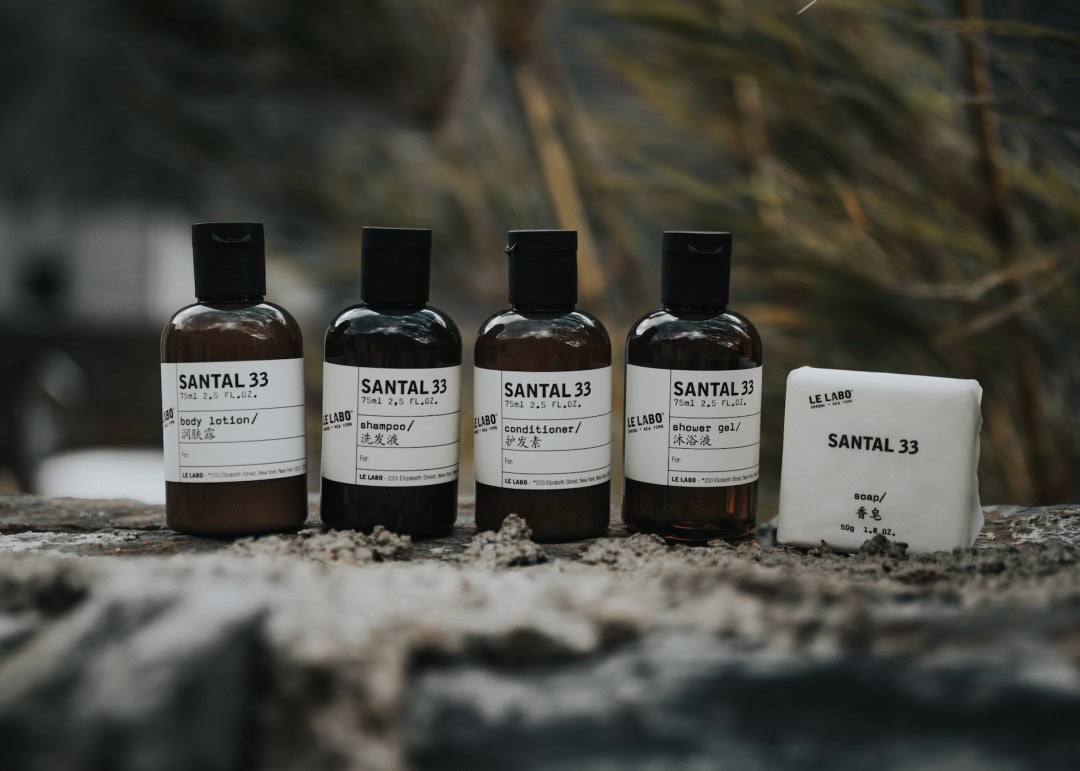
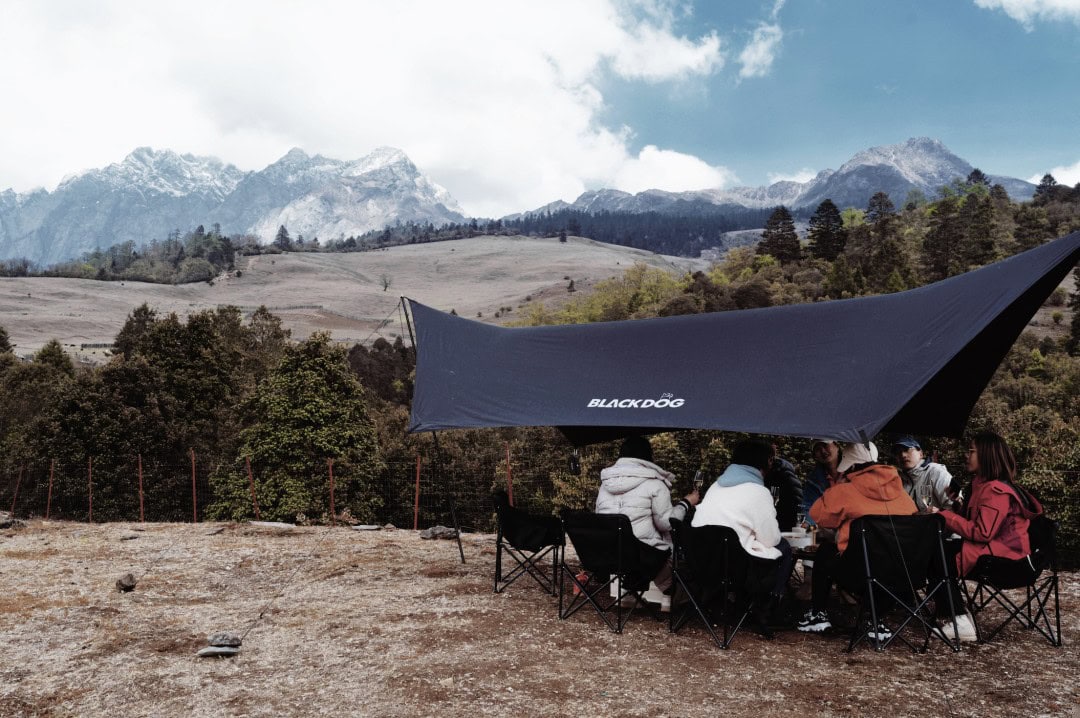
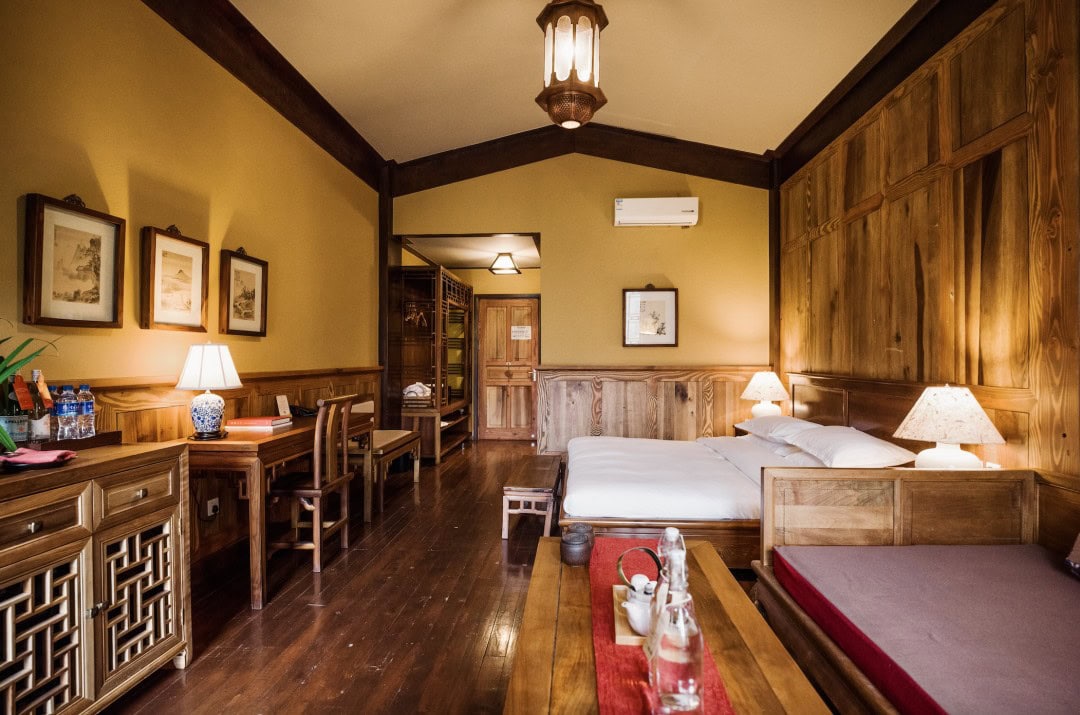
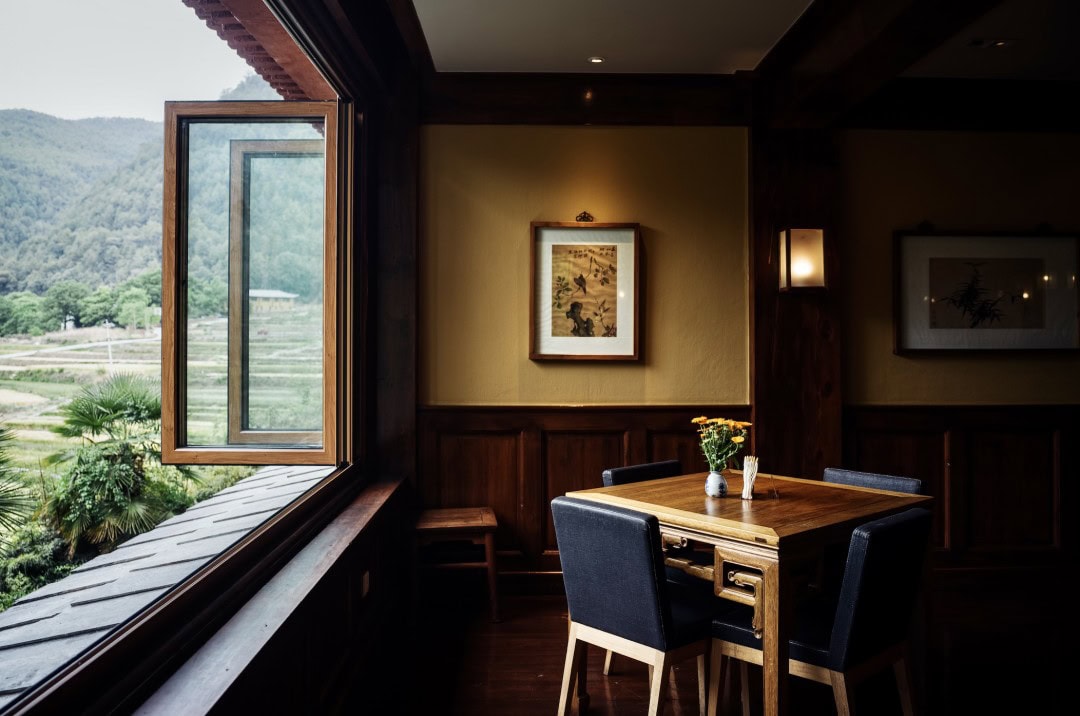
Staying at such a hotel in Tiger Leaping Gorge was already quite satisfying for me.
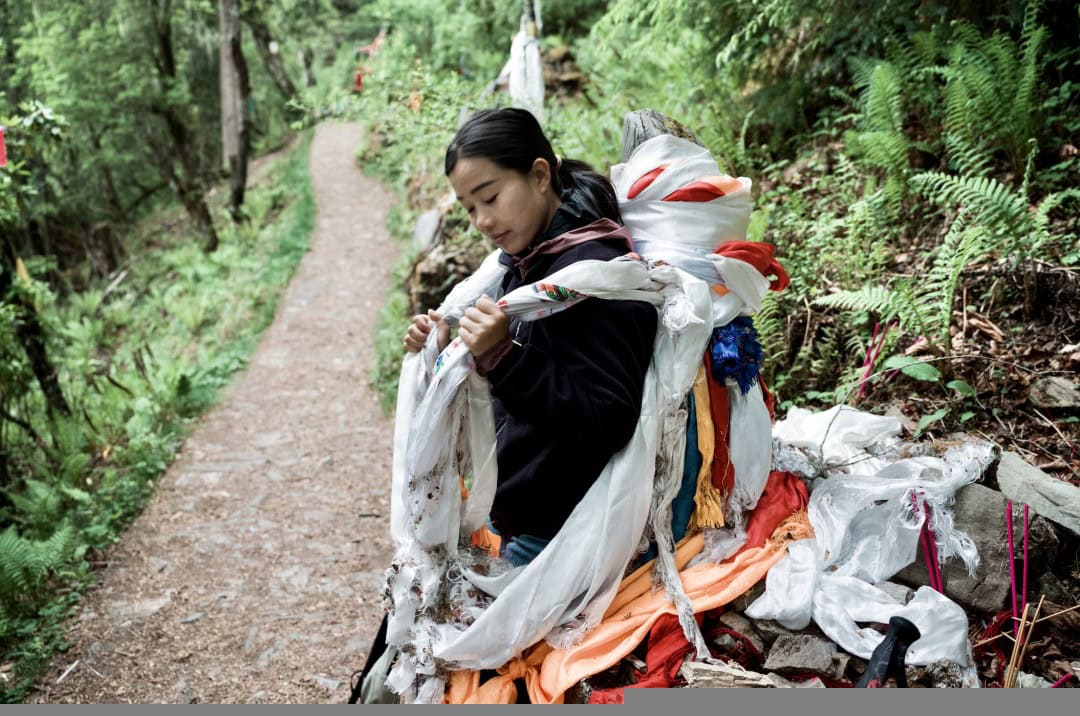
I should remind you that the half-mountain hidden realm only has 14 rooms, and it’s common for them to be fully booked.
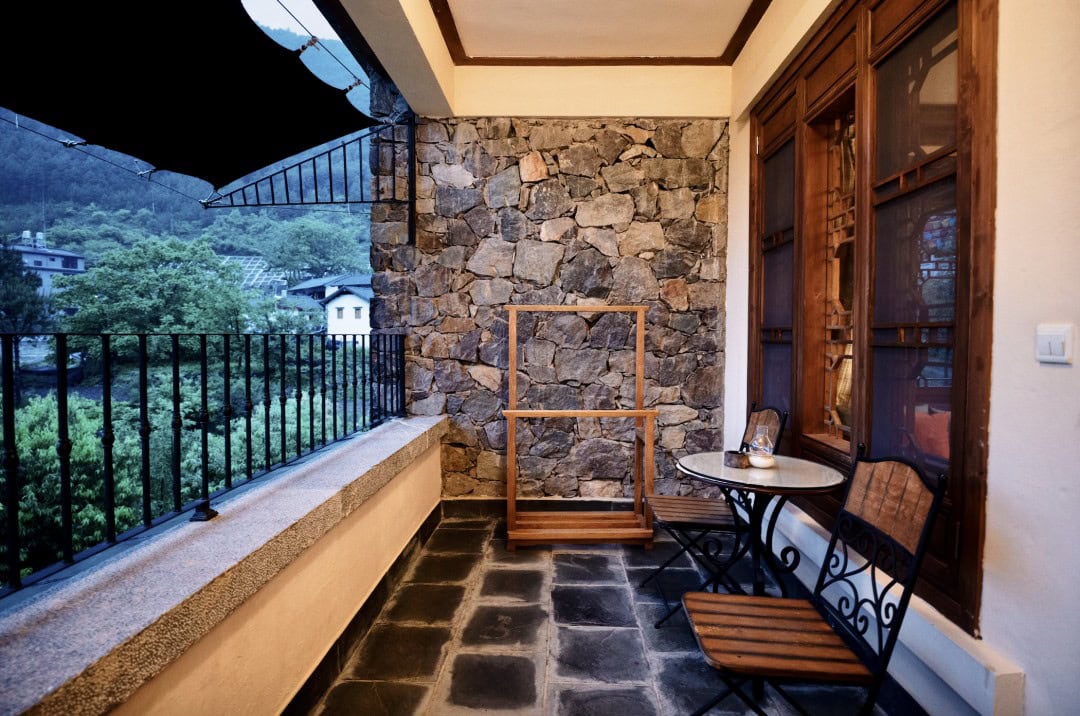
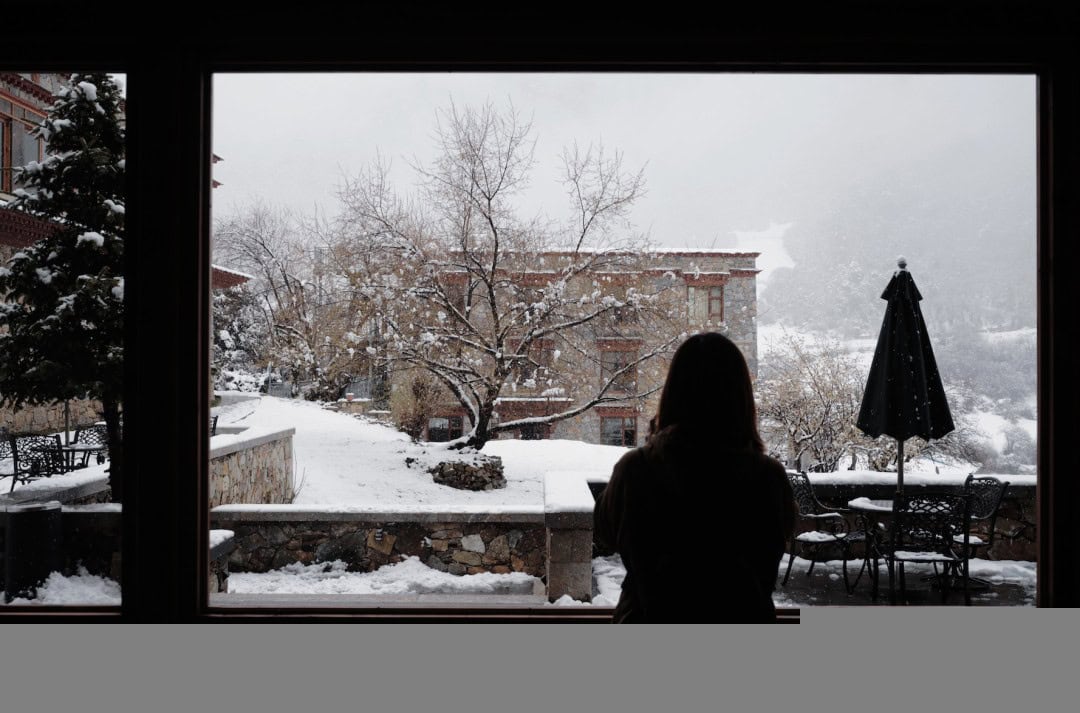
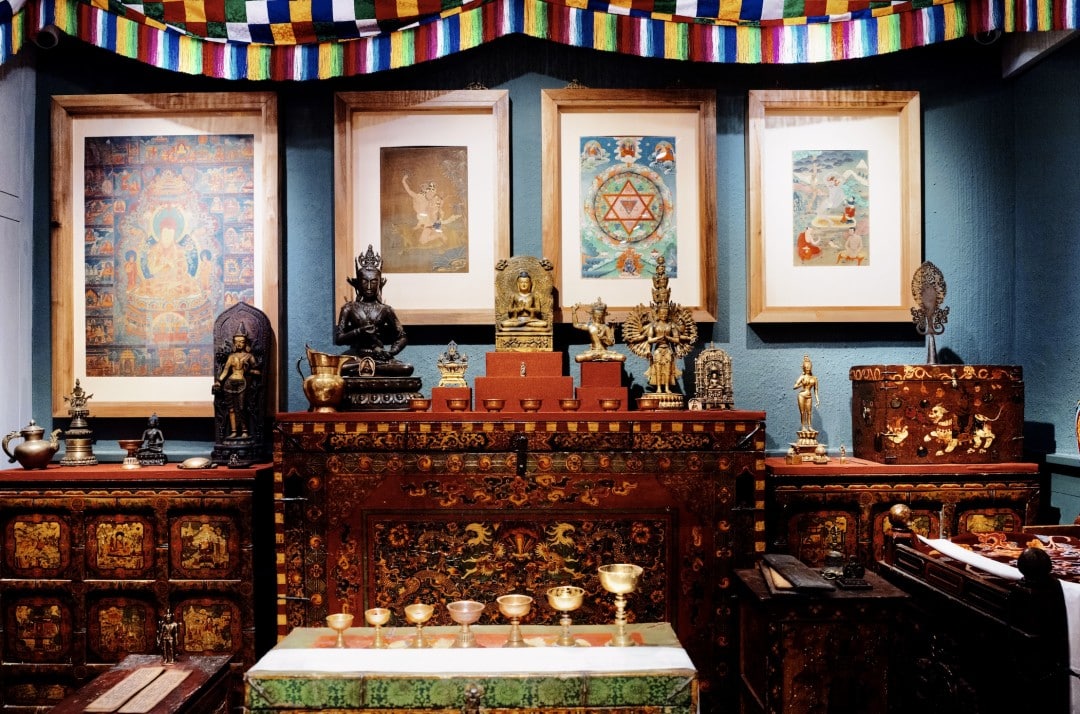
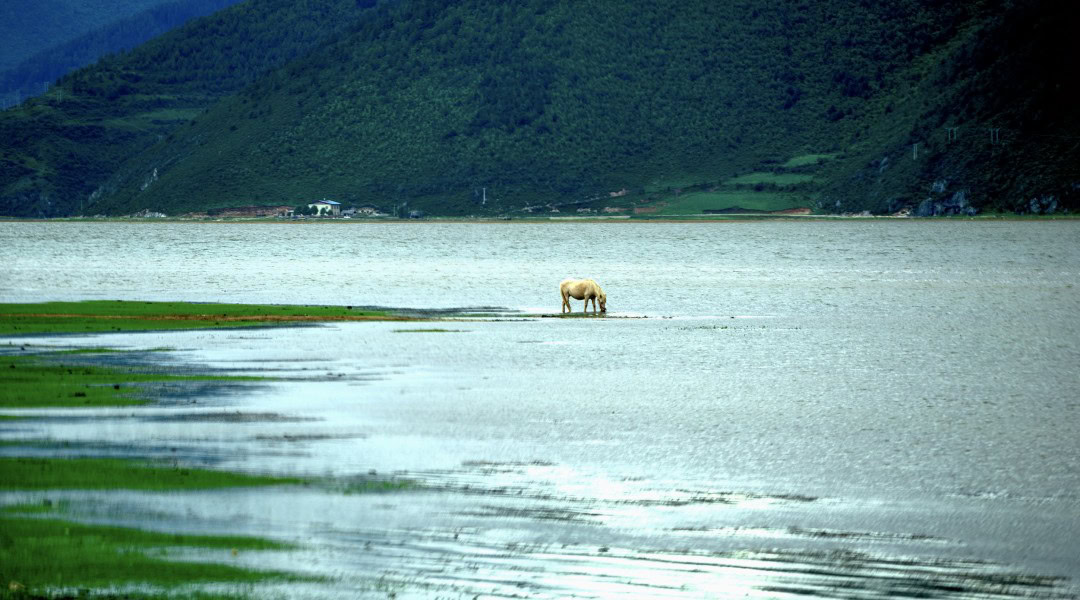
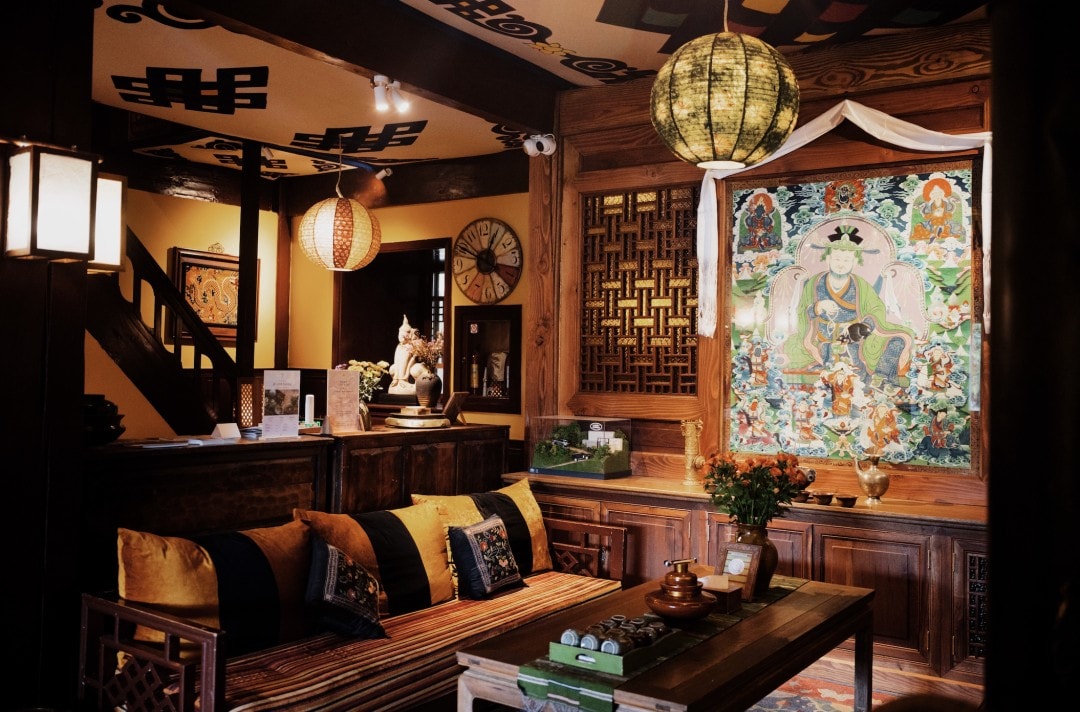
The main reason we started our journey from Tiger Leaping Gorge and stayed there for two full nights was for the hiking.
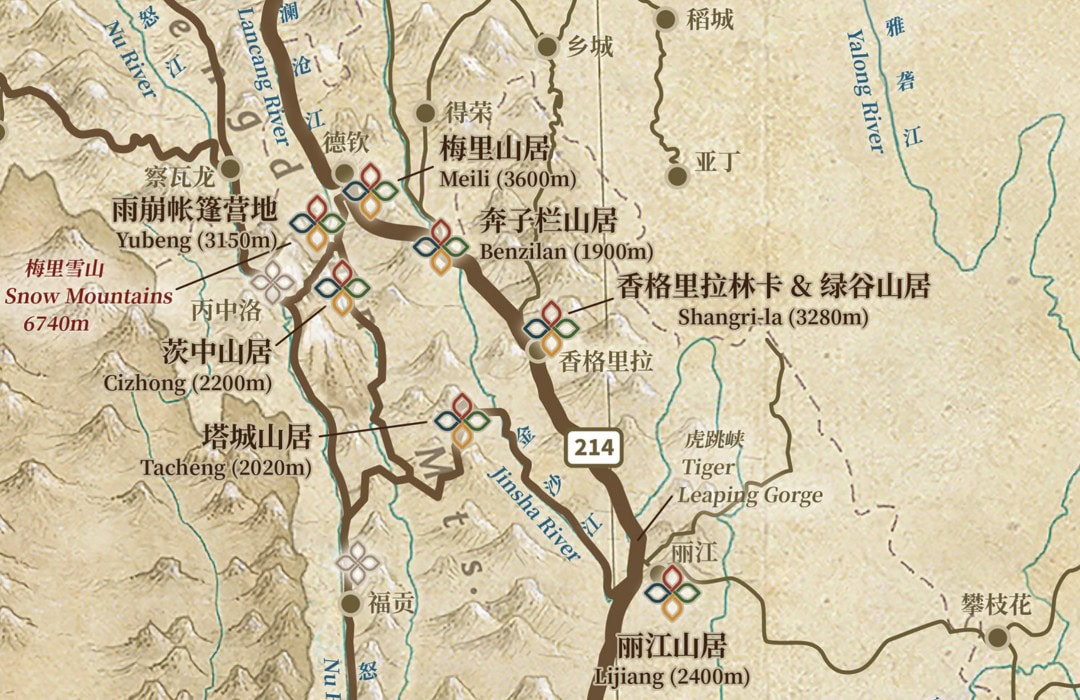
The hikes in Tiger Leaping Gorge are famous all over China. There are two hiking routes in the gorge, perfectly split for one route each day.
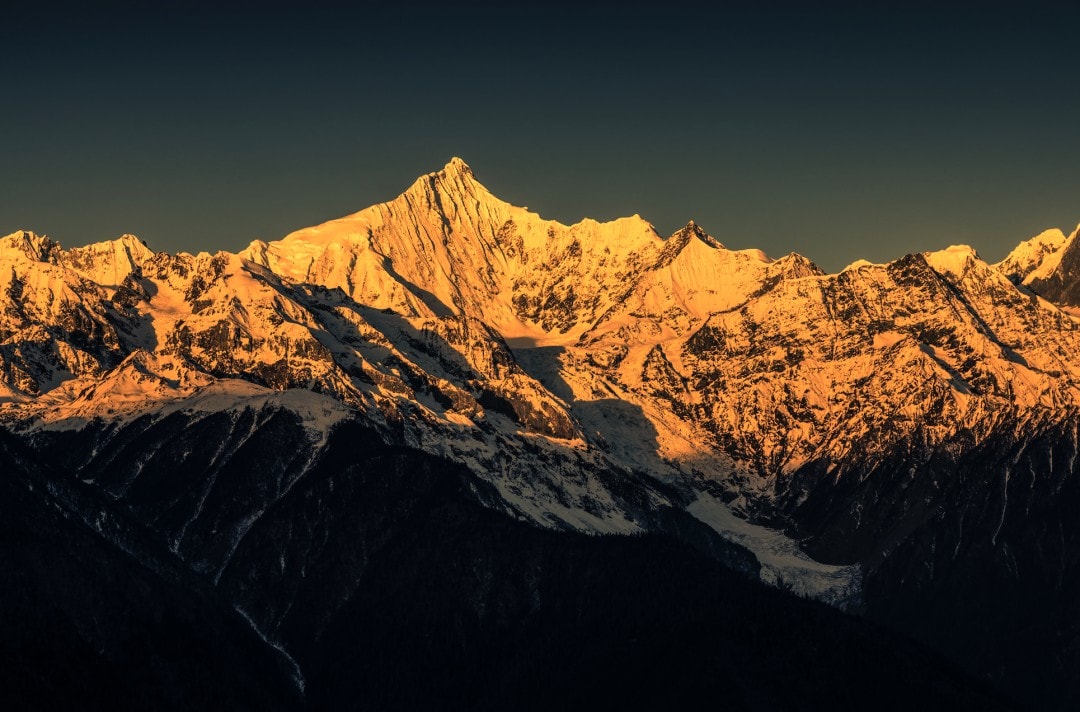
The Tiger Leaping Gorge hiking route is 27 kilometers in total, but we chose the most exquisite 13 kilometers (Highway). The towering Haba Snow Mountain and Jade Dragon Snow Mountain on both sides of the gorge, with the roaring Jinsha River at the bottom, made for an unforgettable experience.
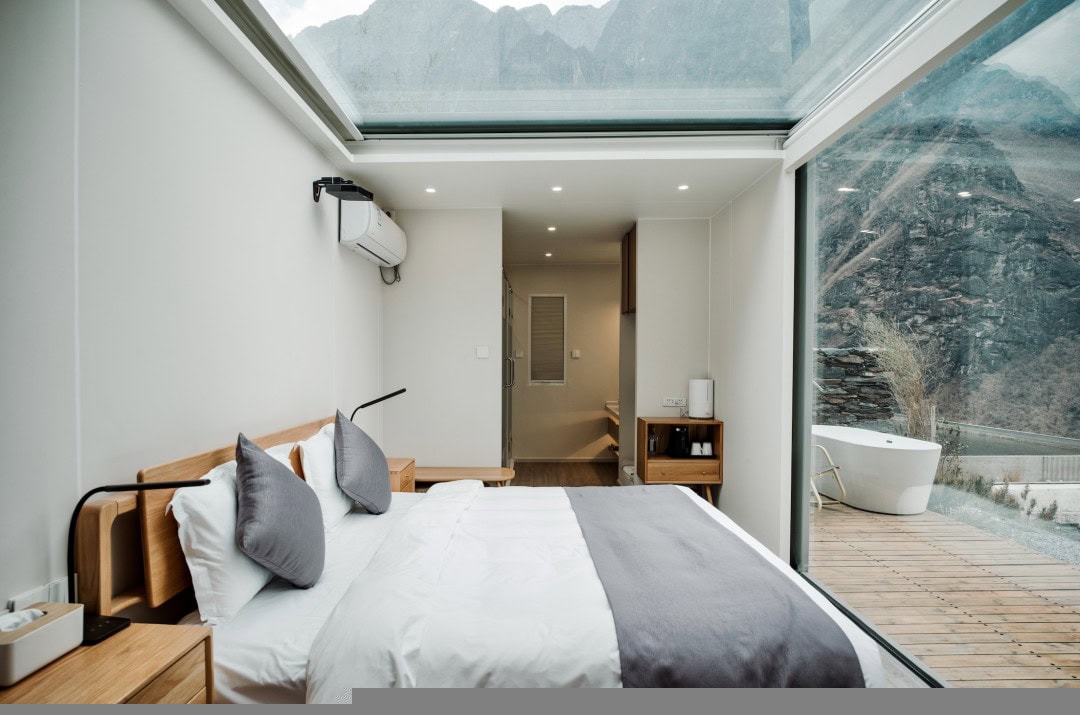
The feeling of being there in person is something that can’t be captured with words or photos.
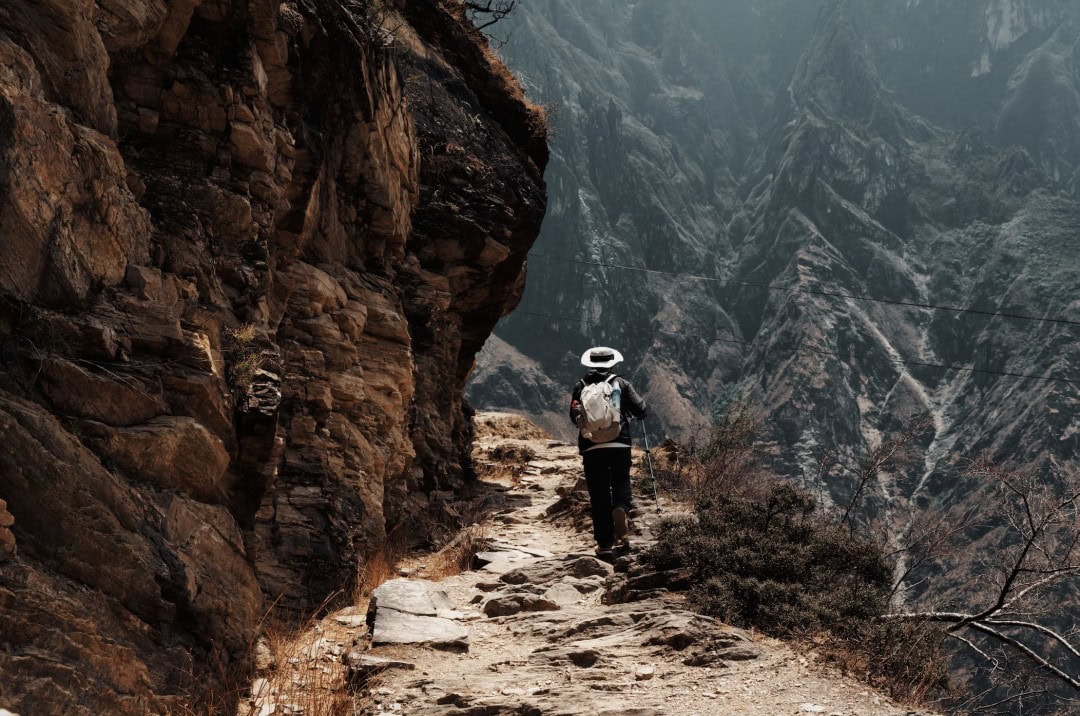
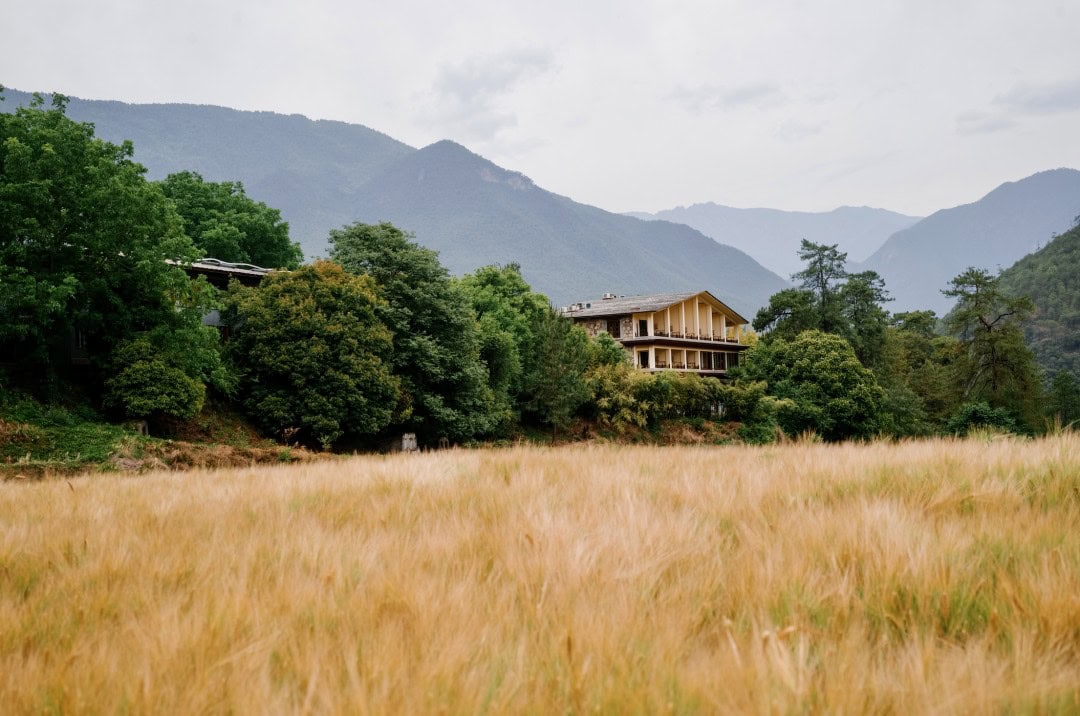
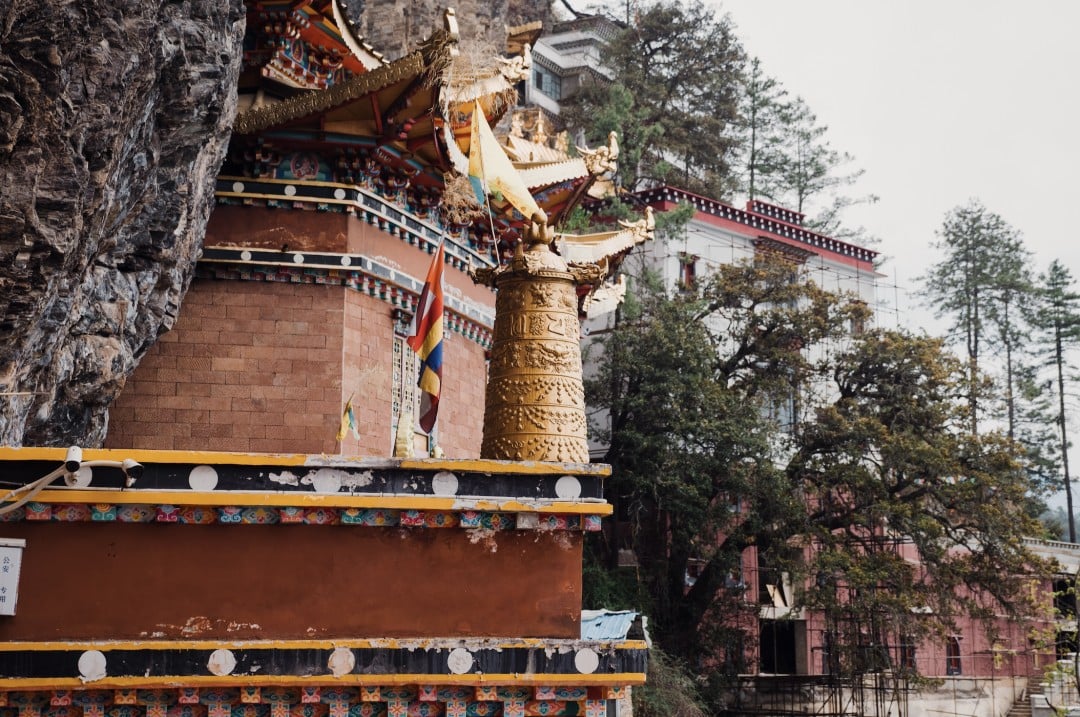
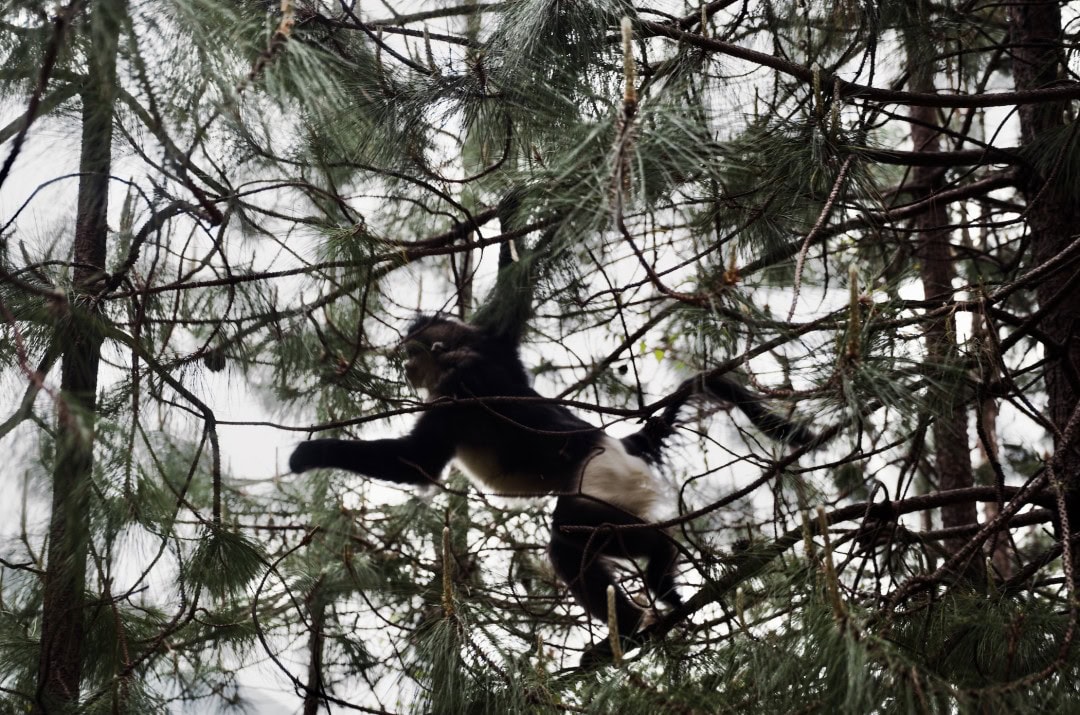
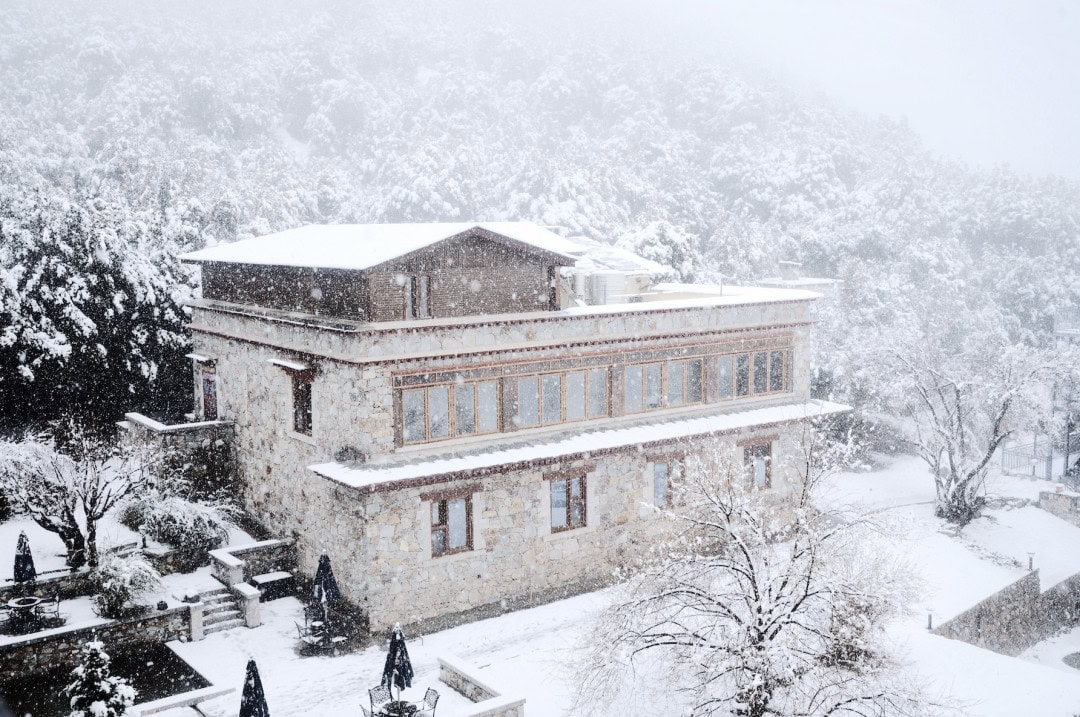
On the Highway hiking route, there’s a café with a few chairs and tables, and a canopy to give it some shade. They even serve hand-brewed coffee.
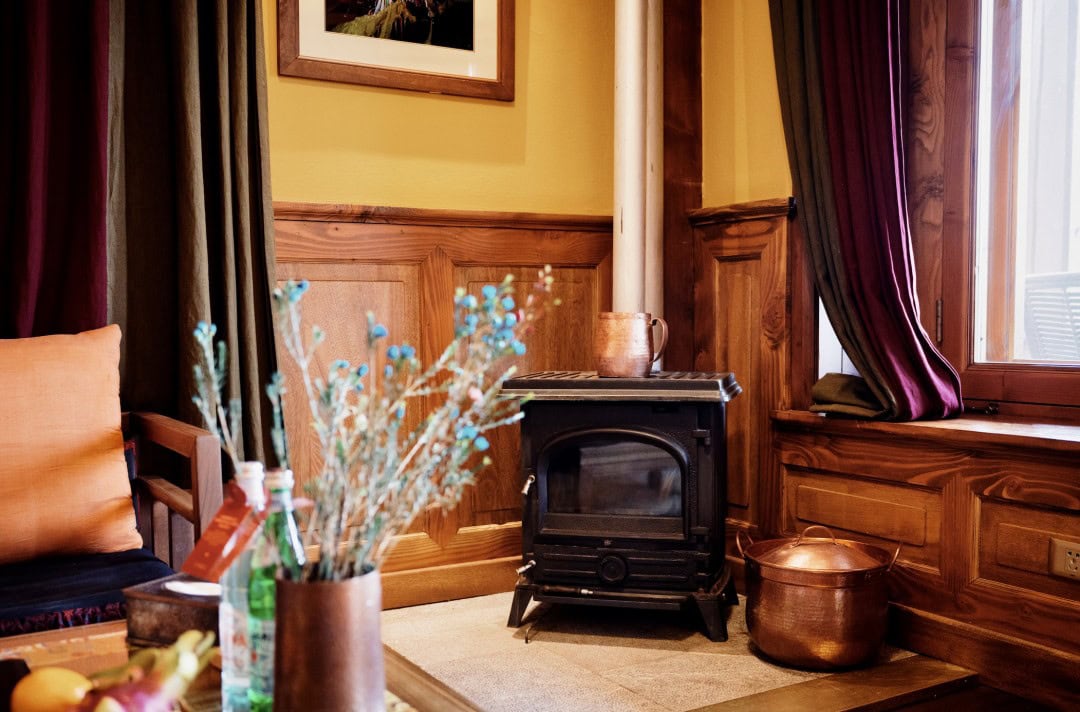
The scenery here is world-class.
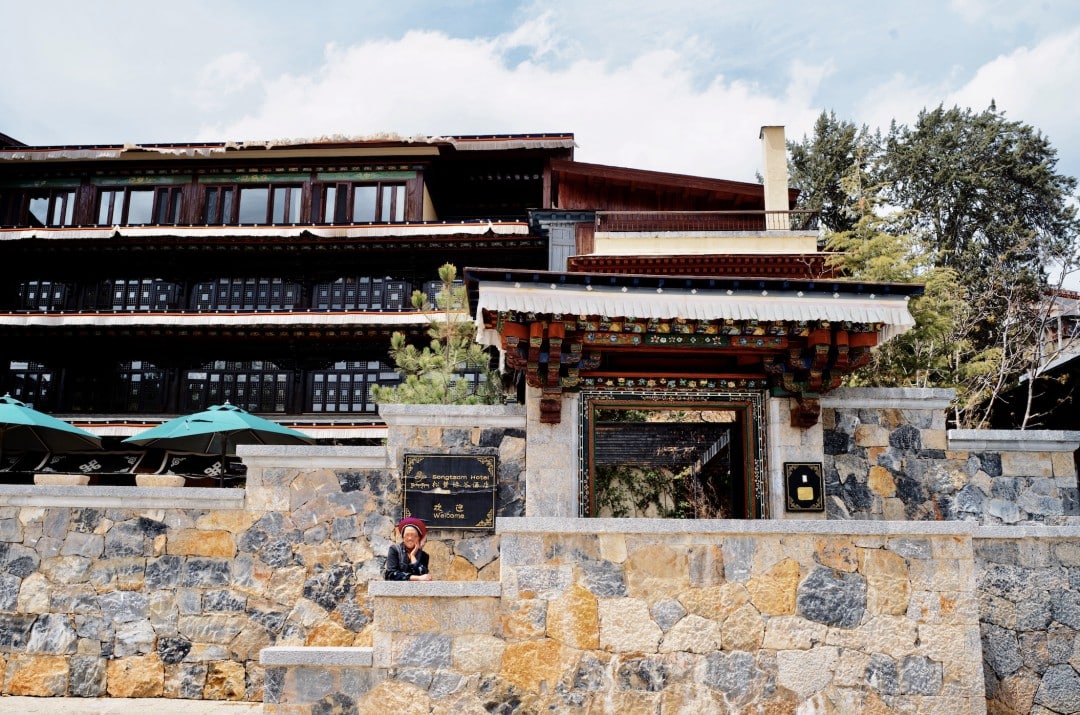
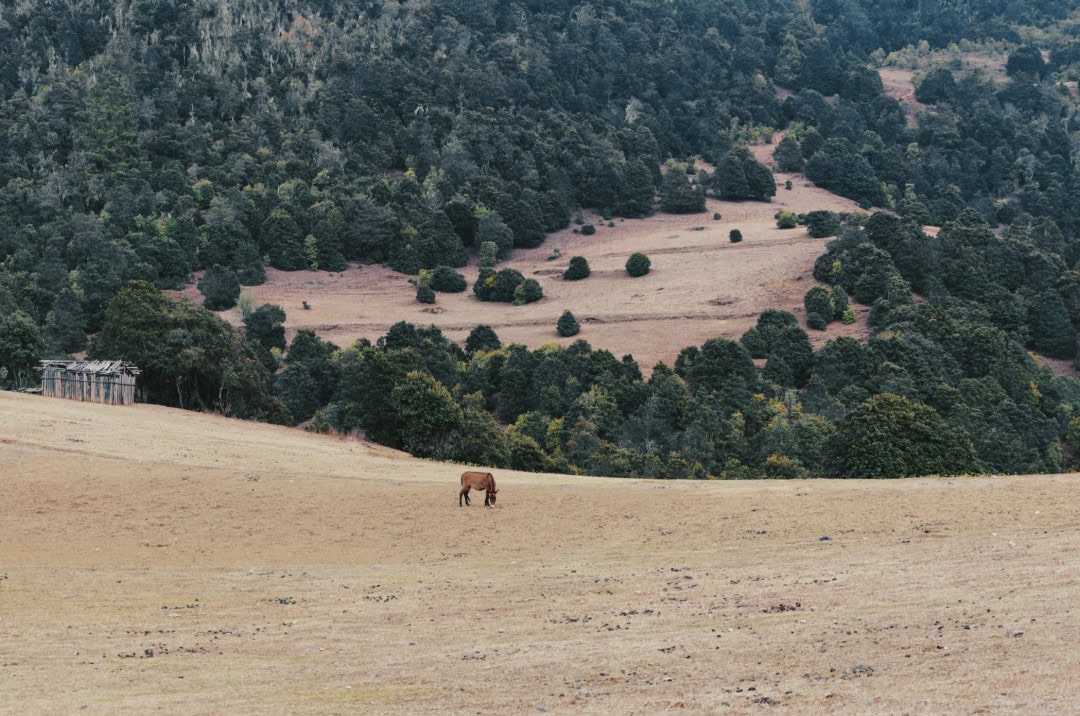
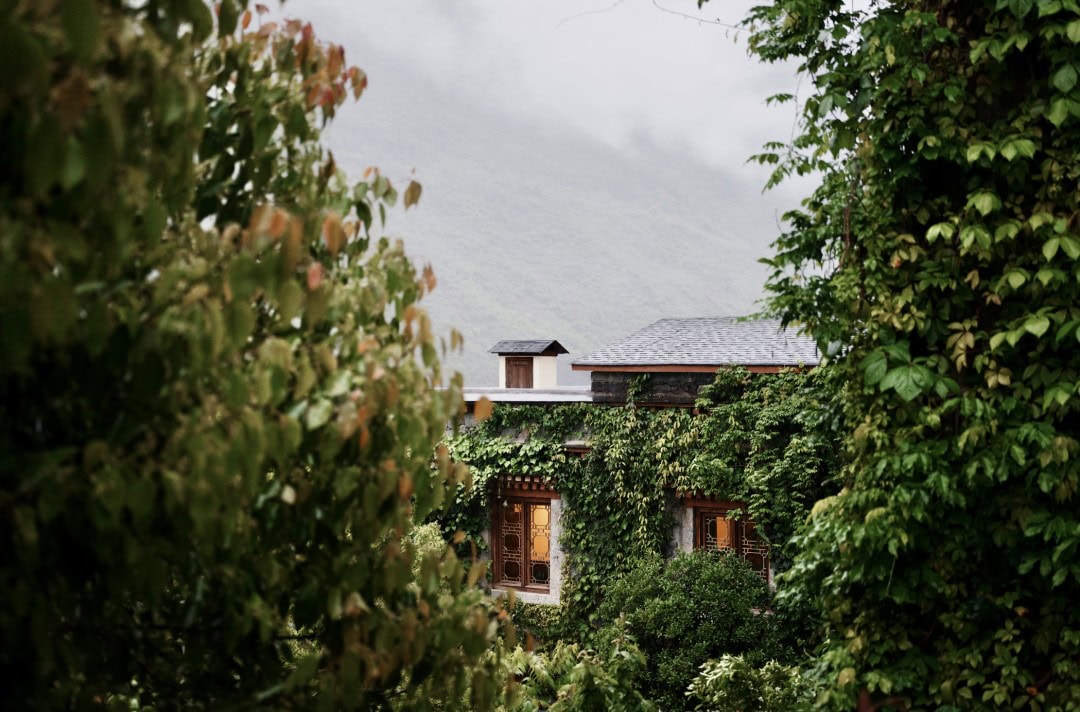
Another route takes you on a hike to a secret pasture at an altitude of 3800 meters.
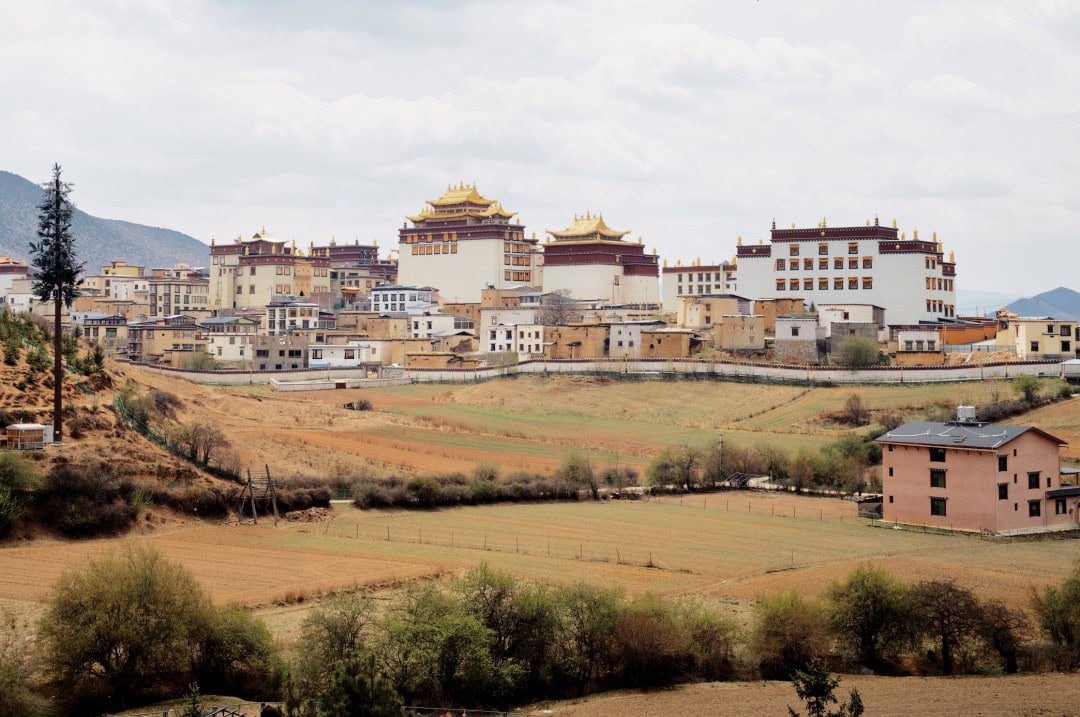
Forests and meadows, river valleys and streams, occasional cattle and sheep, with towering snow-capped mountains in the distance—everything is so beautiful. If you often visit Shangri-La and hike in Tiger Leaping Gorge, you’ll find that hiking is the best way to experience it all.
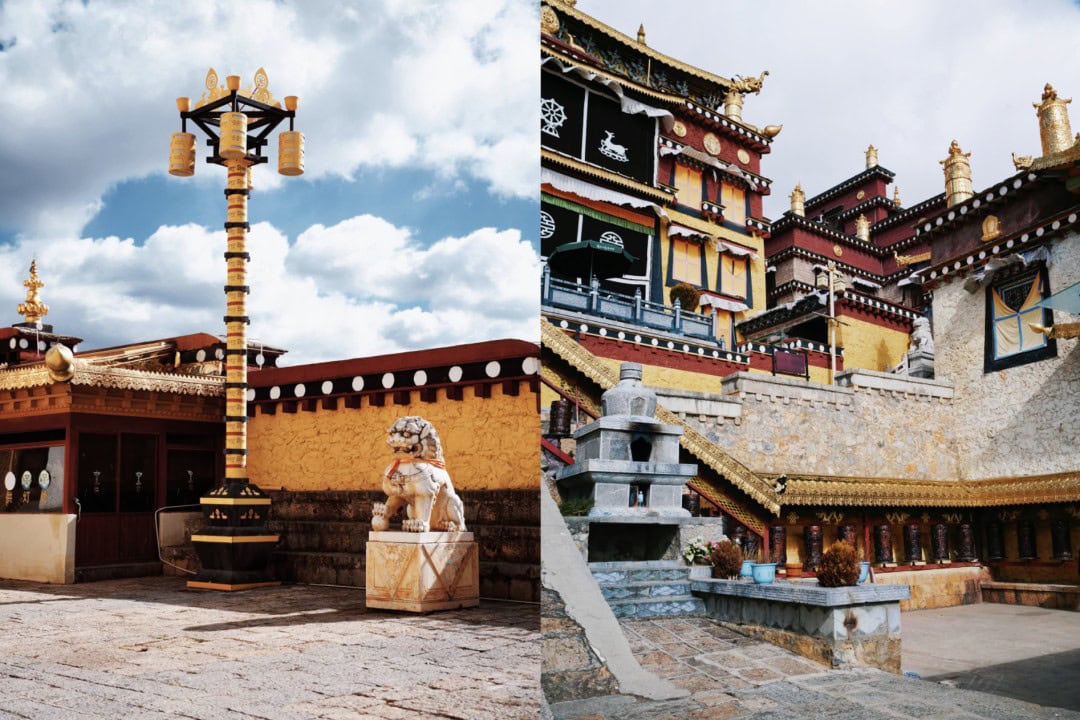
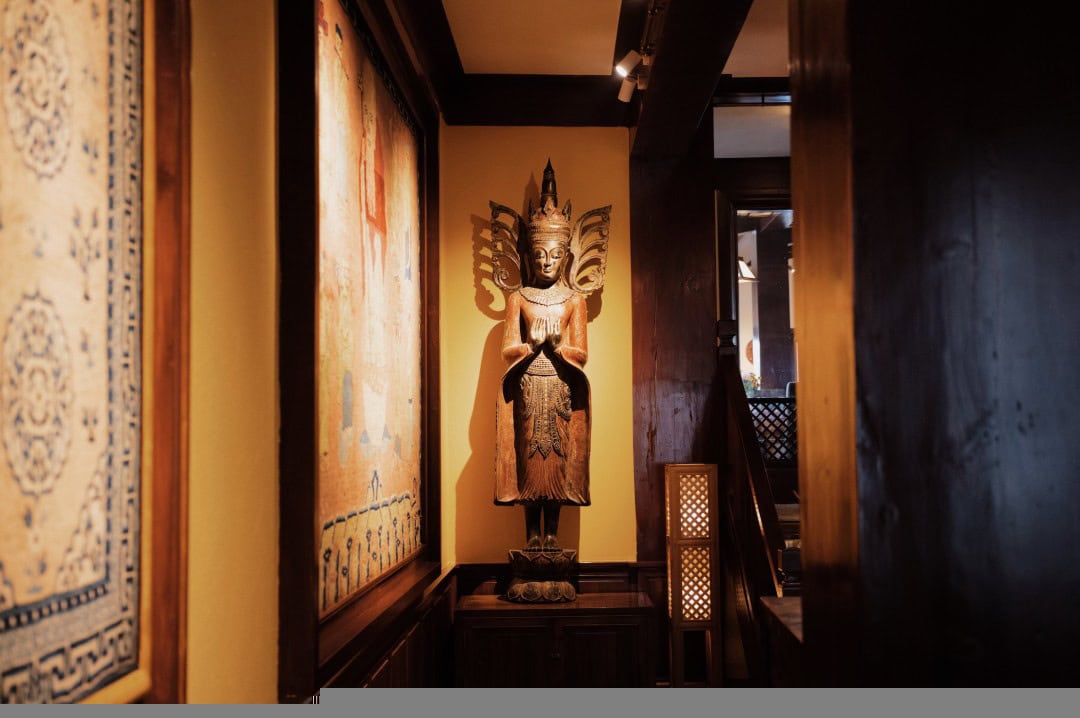
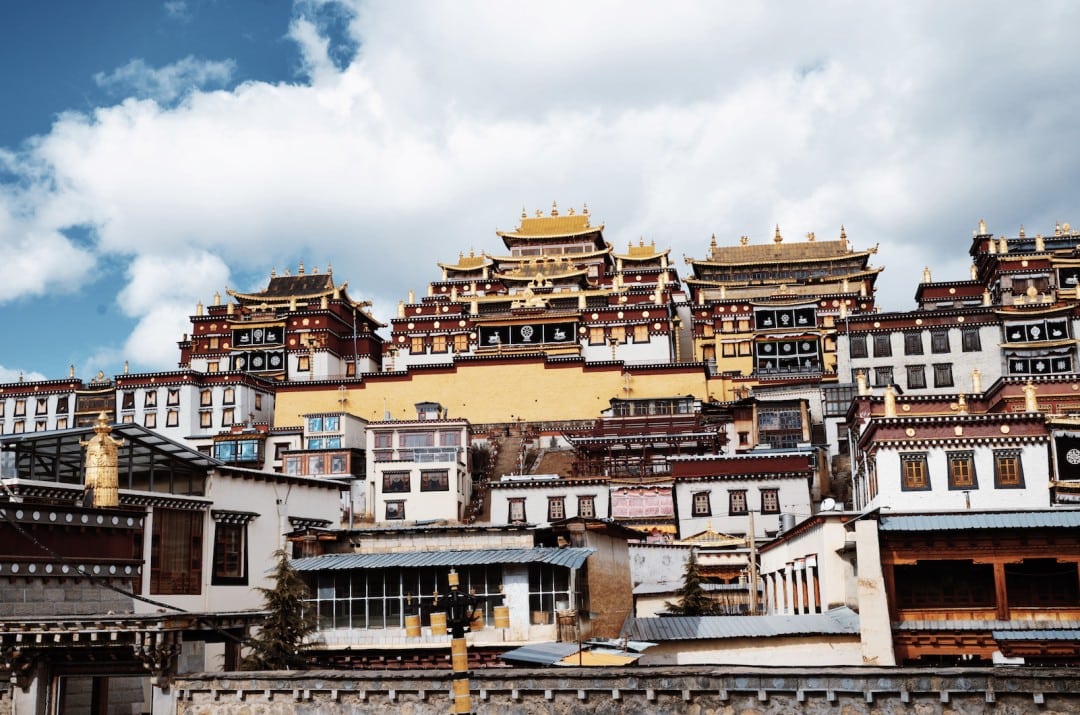
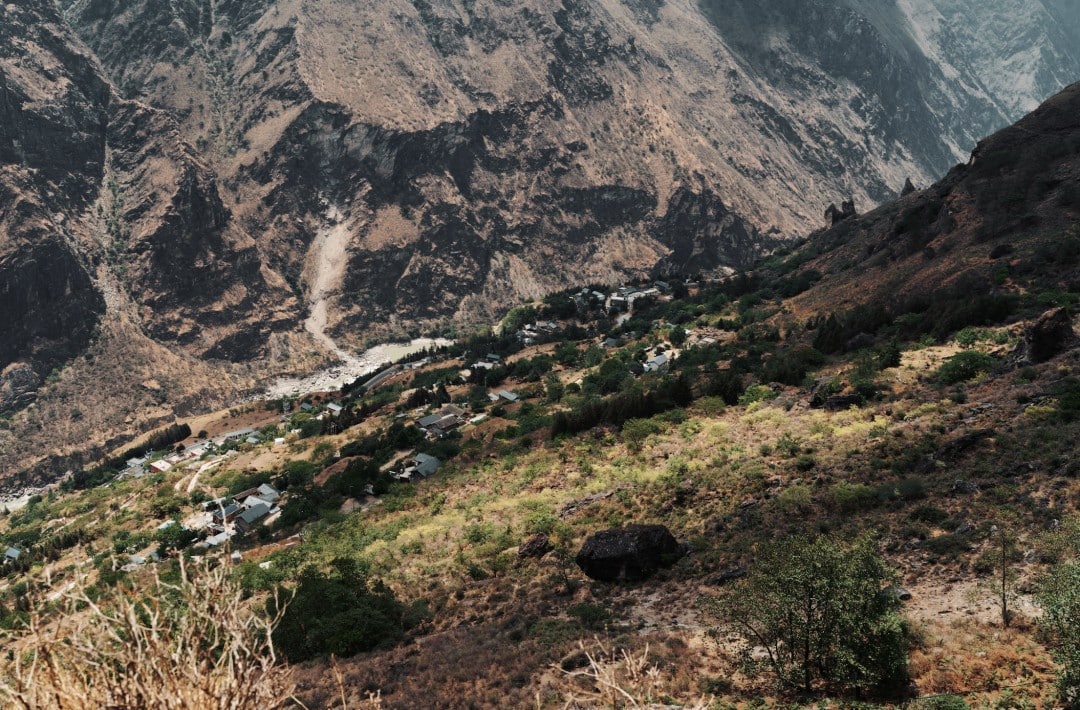
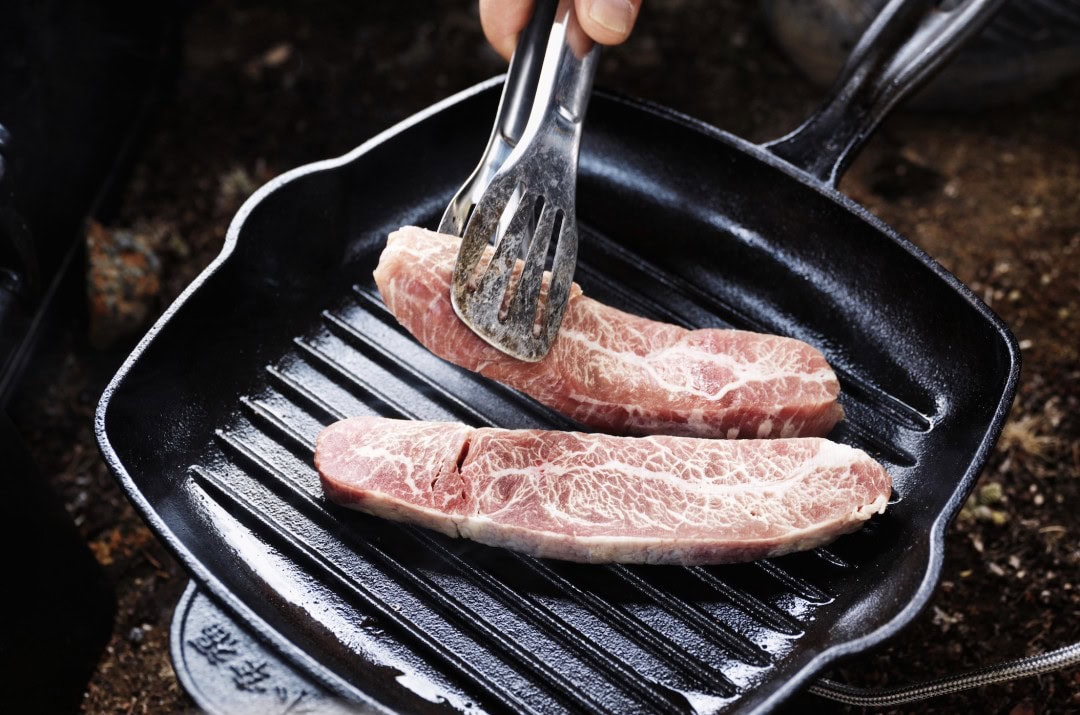
This hiking route is quite established. You can even set up a canopy at the secret pasture for afternoon tea.
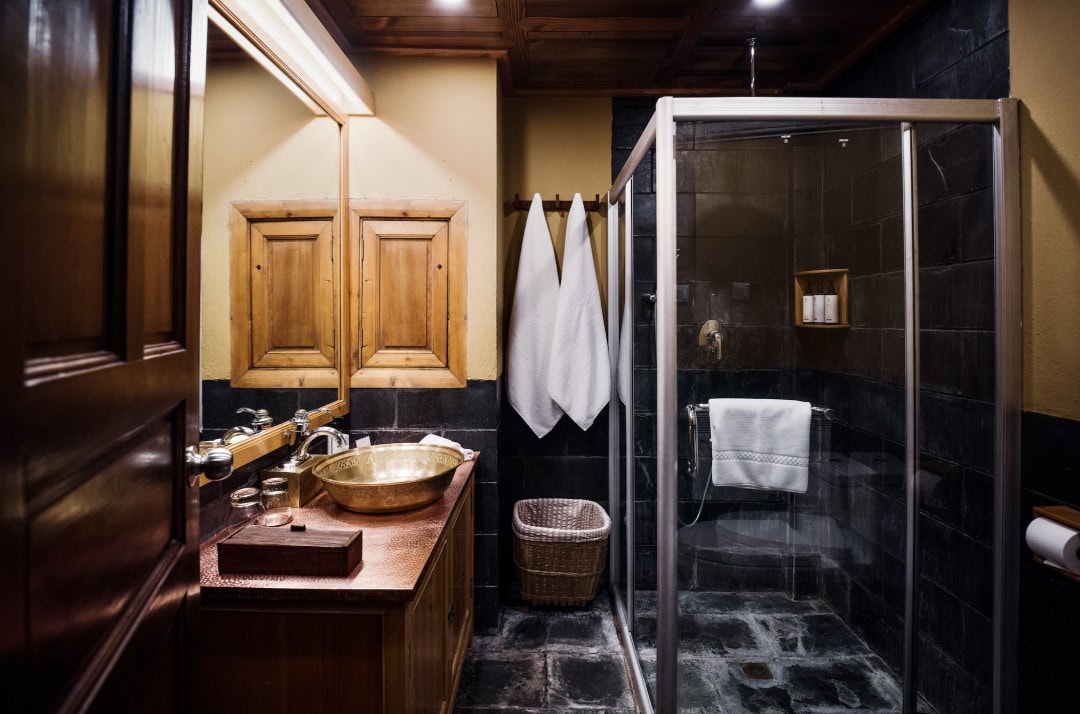
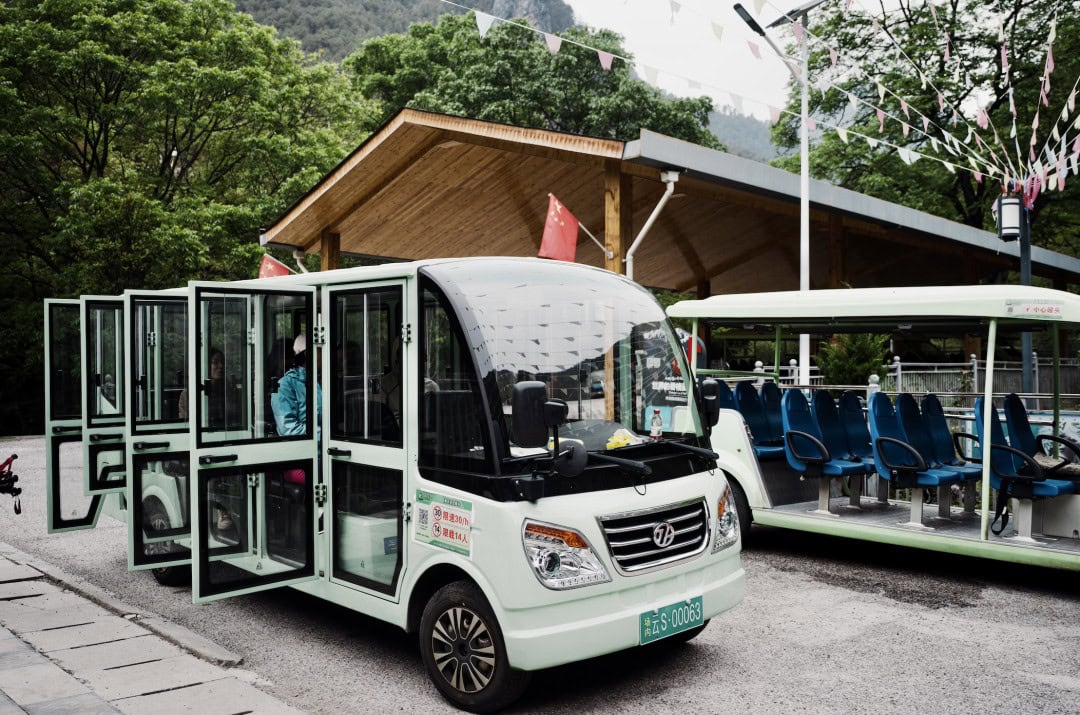
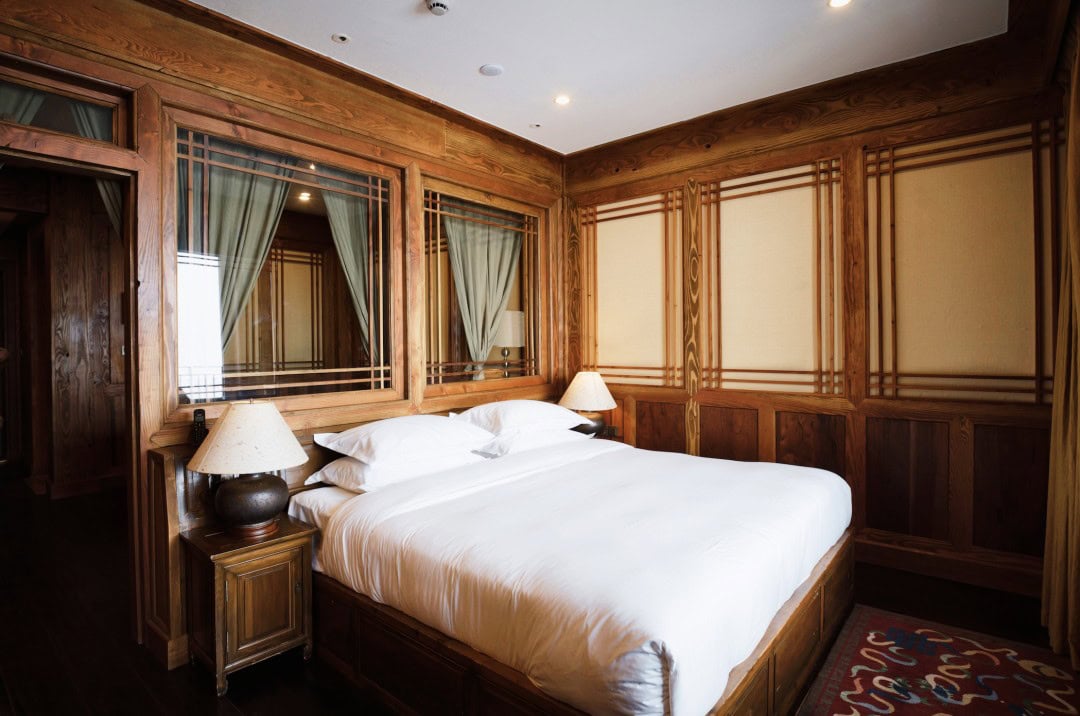
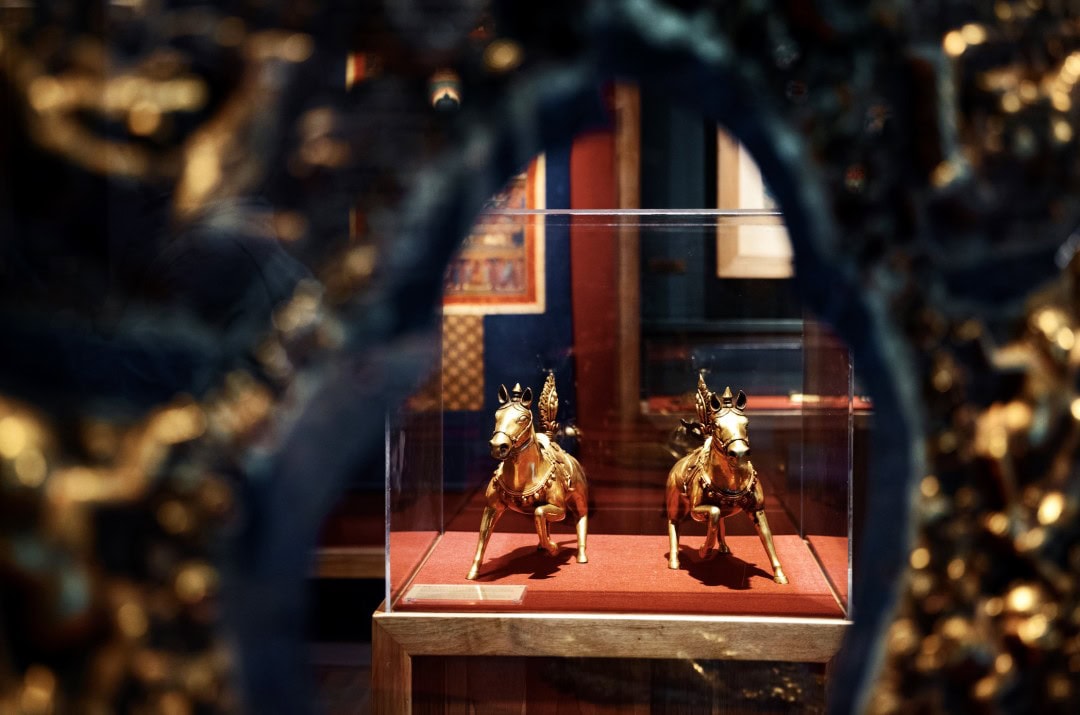
Here’s a toast to Haba Snow Mountain.
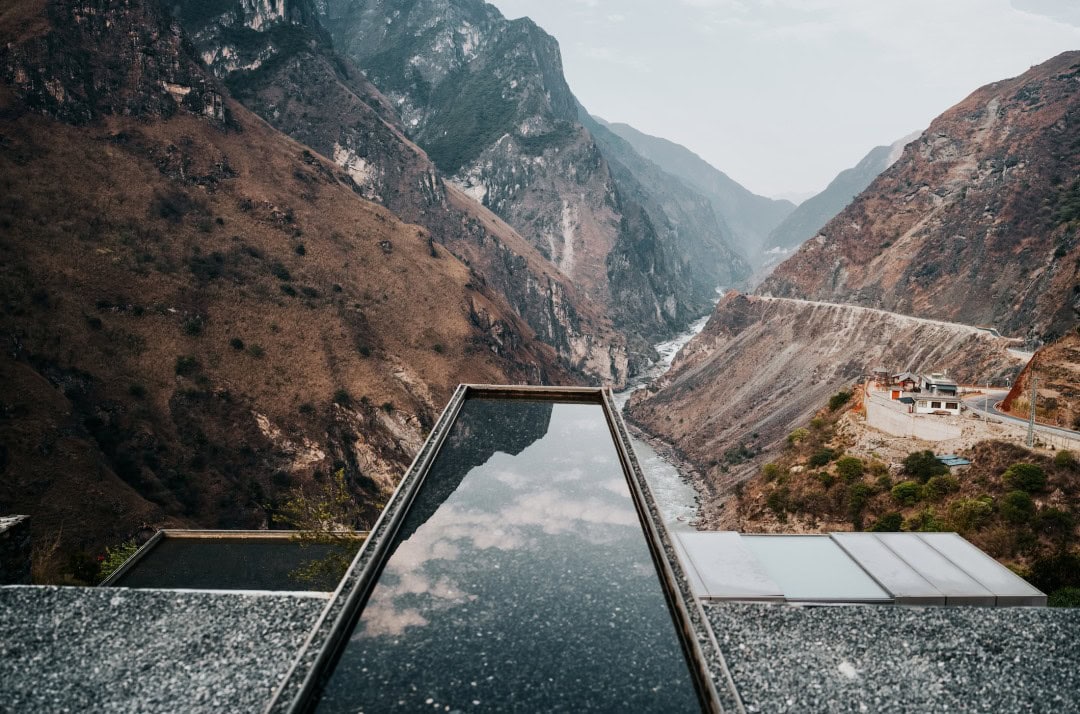
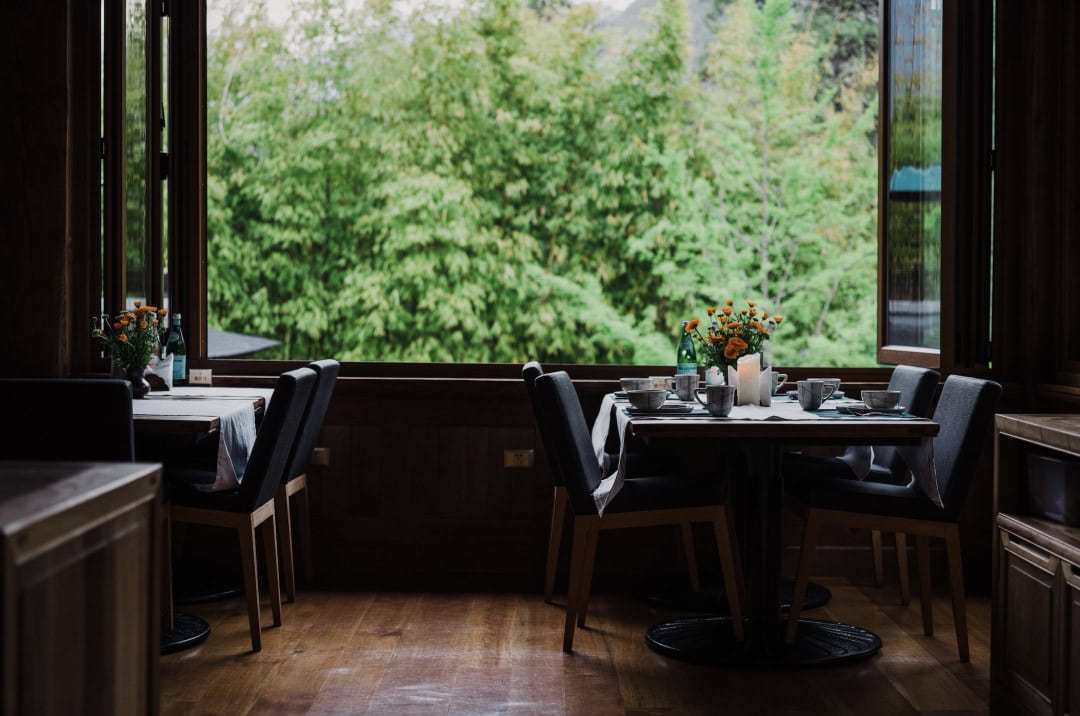
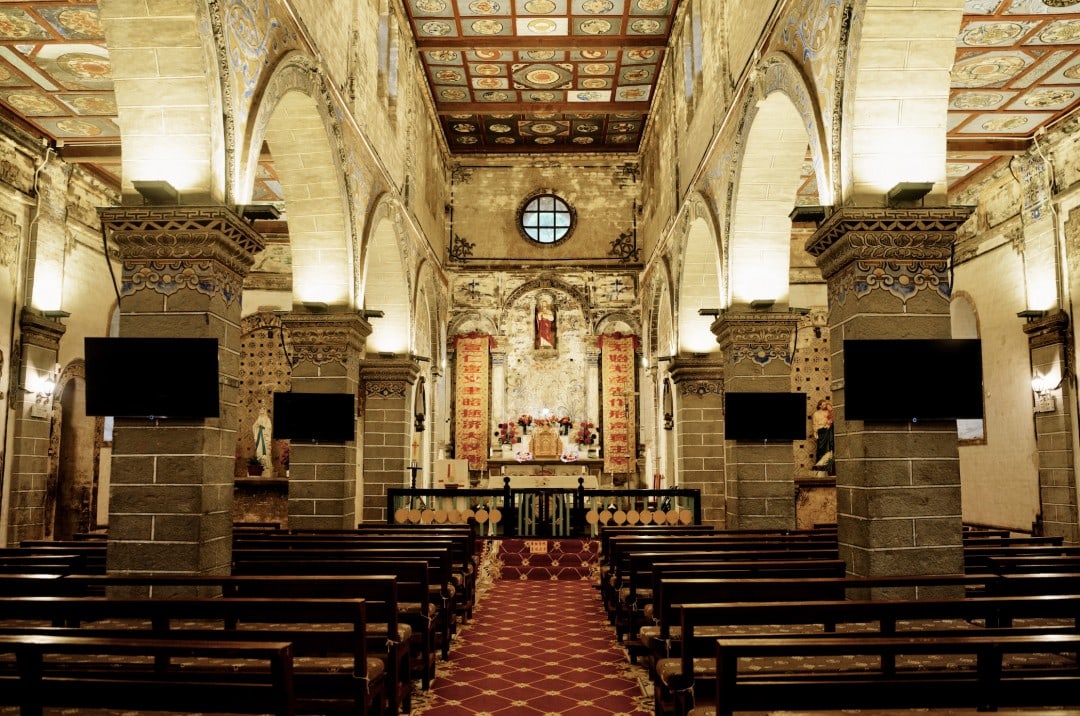
Day 3-4, Songtsam Tacheng Lodge
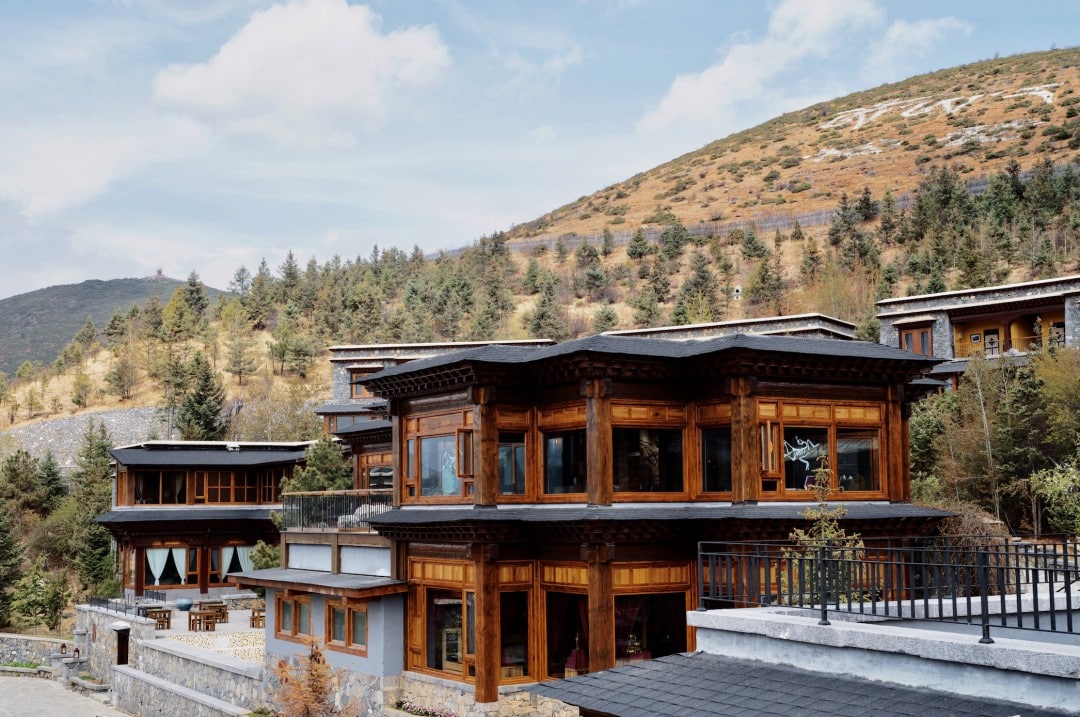
Songtsam has two brands, and their lodges are often located in secluded mountain areas, featuring small hotels.
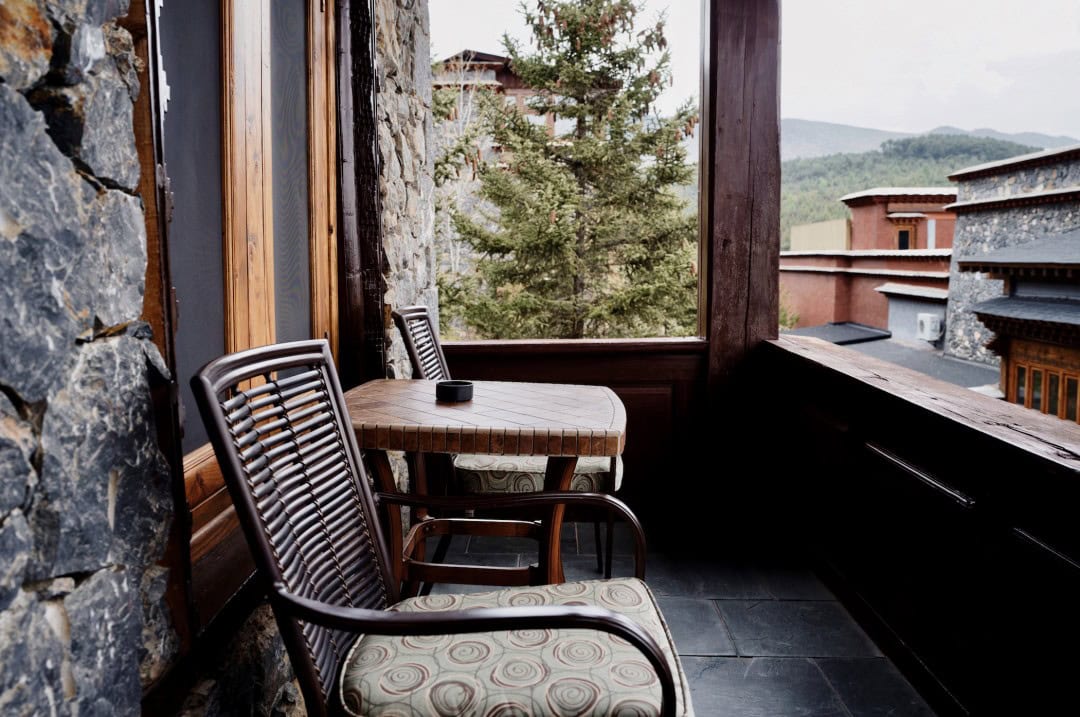
For example, the Tacheng Lodge is situated in the ever-spring Hada village, built in the mountains above rice paddies. It feels like a home built within a paddy field, and the scenery is indescribably beautiful.
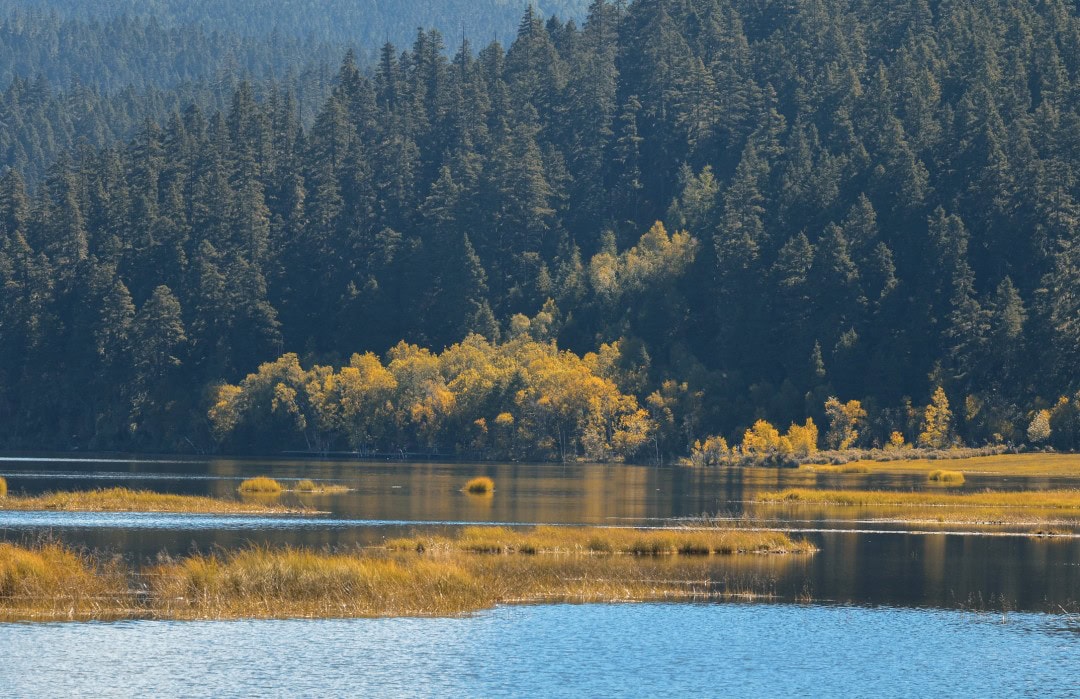
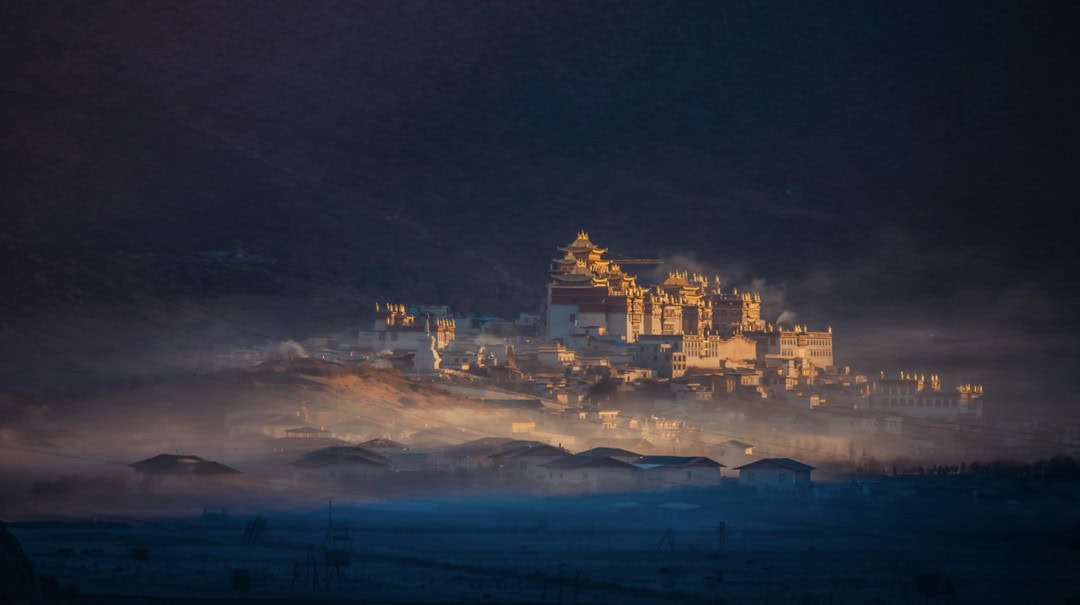
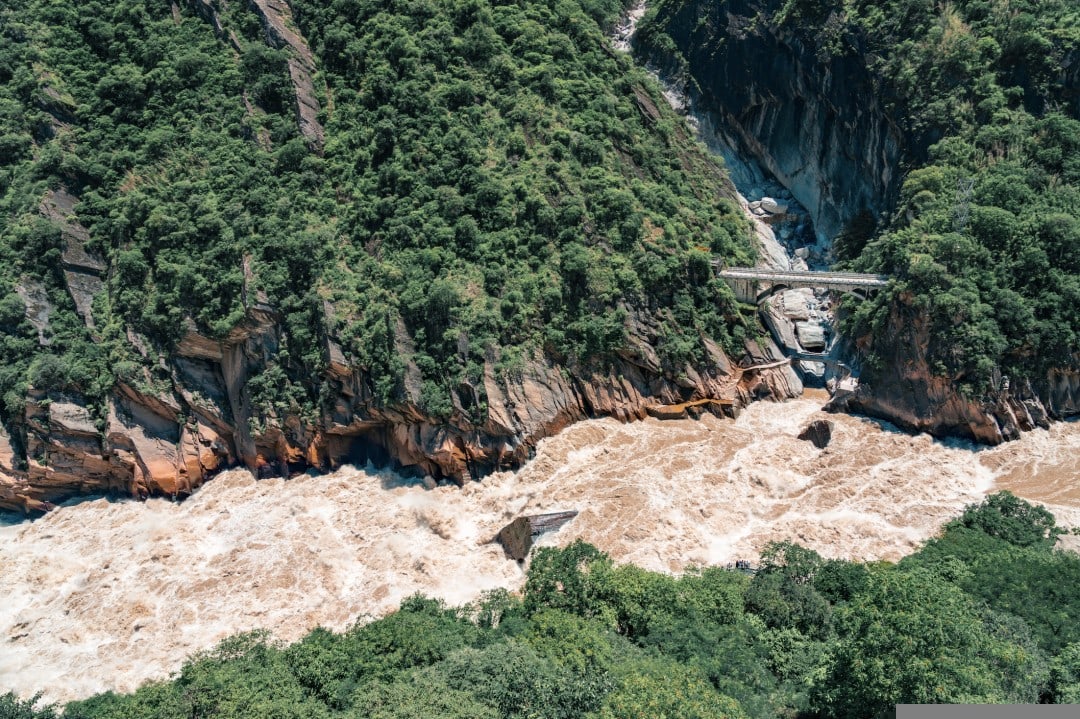
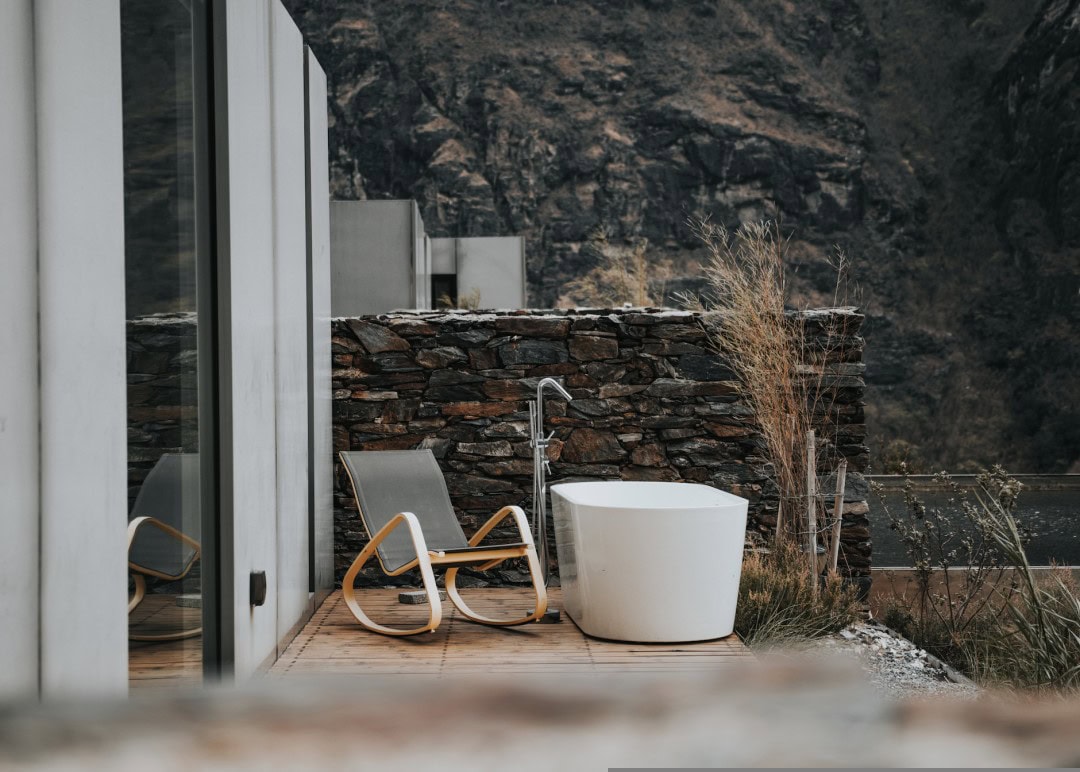
Tacheng Lodge has only 20 rooms, making it a very small hotel.
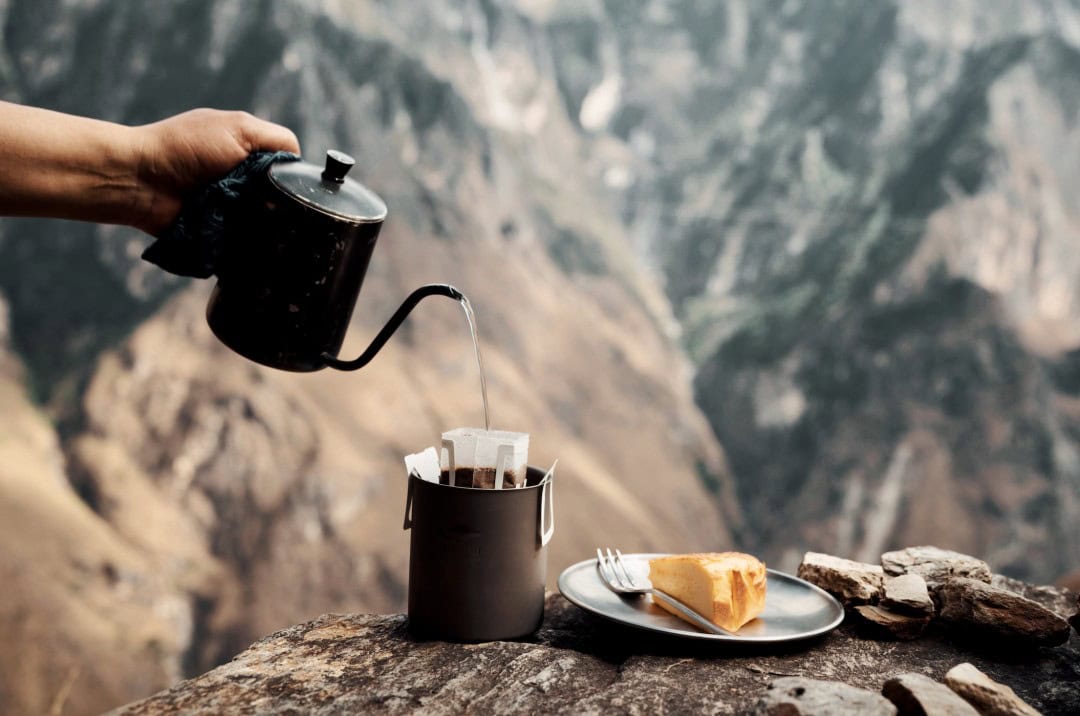
Upon entering the hotel, the staff will provide you with a pair of custom-made Songtsam slippers, just like returning home, after which you can check in.
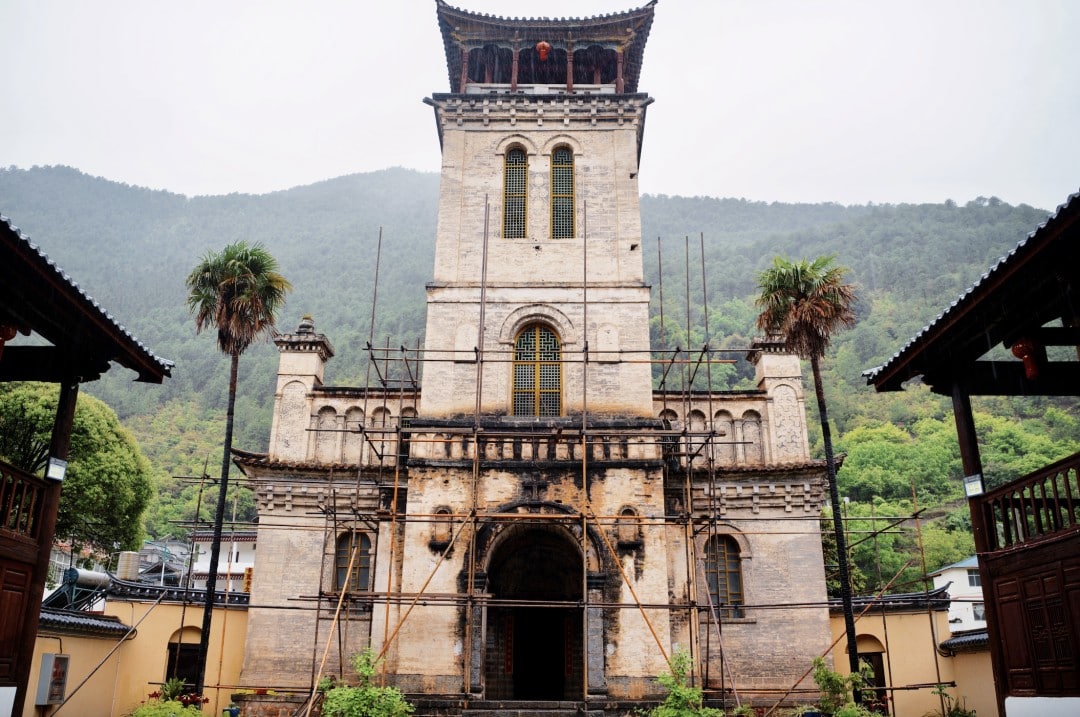
The rooms at Tacheng Lodge are also excellent.
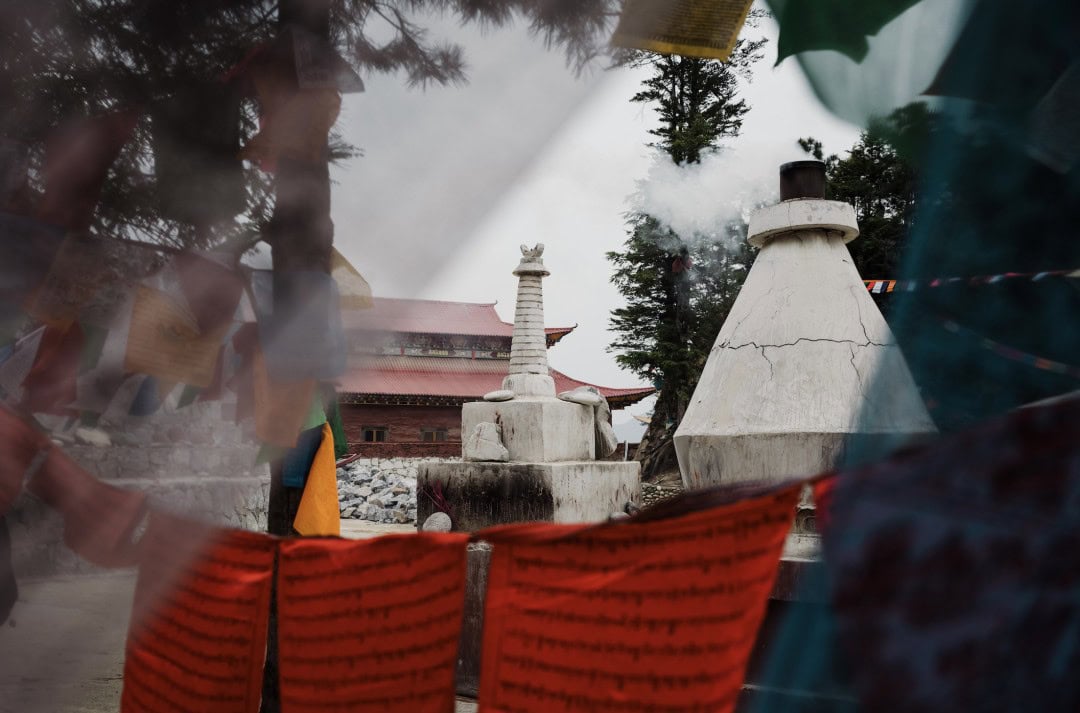
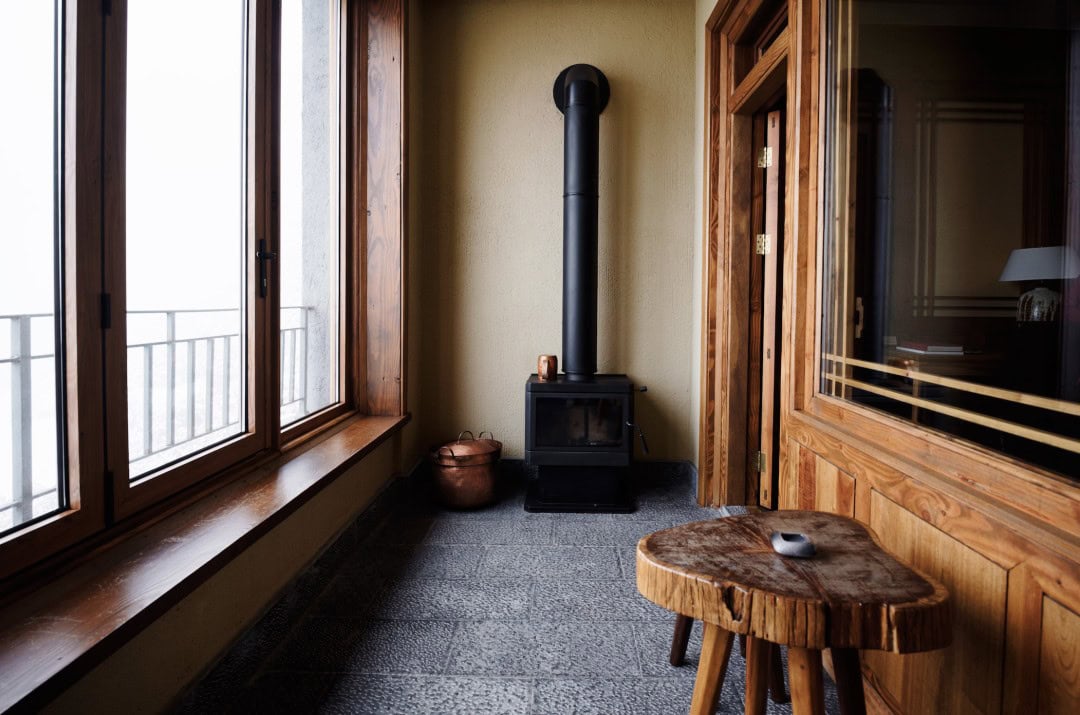
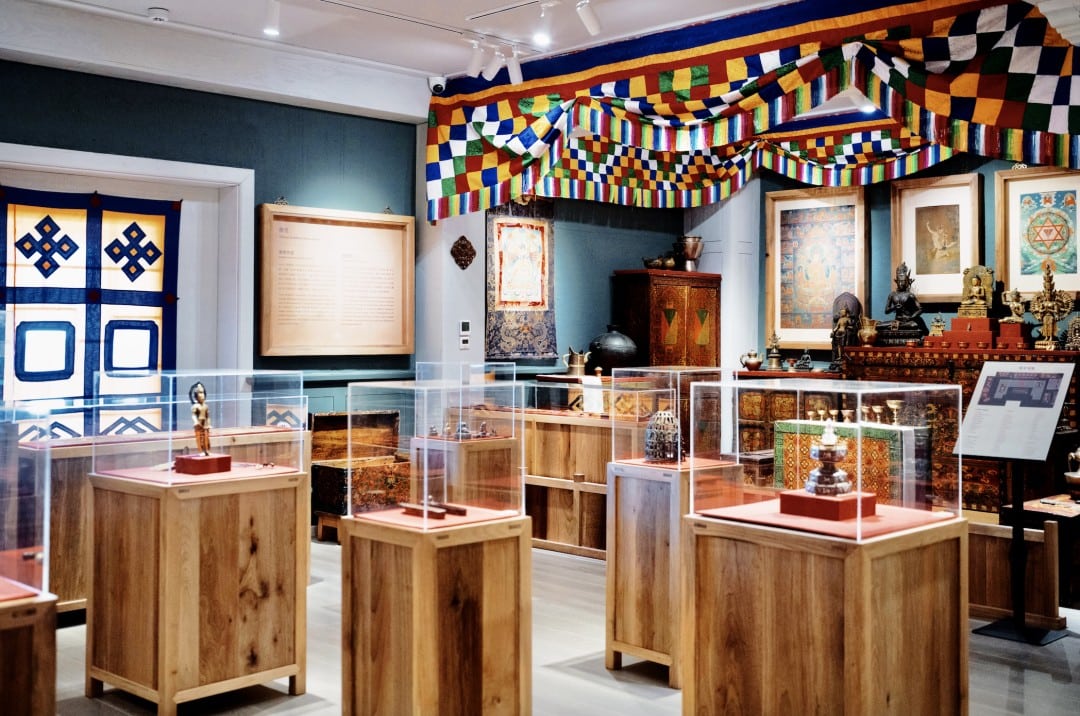
The lodge’s restaurant offers an amazing view of the terraced fields.
During our stay, we visited the nearby Dharma Patriarch Cave for a pilgrimage, walking around the mountain.
You will see many people leaving their personal belongings as a form of prayer, and others performing prostrations on their pilgrimage, whose devotion will deeply touch you.
We also visited the Golden Snub-nosed Monkey Park to see the monkeys. The park has an unusual schedule, closing at 11 a.m. because the monkeys go to sleep after that.
Day 5, Songtsam Cizhong Lodge
Cizhong is located in Deqin County, a small village by the Lancang River where Chinese and Western cultures blend. Despite its size, the village is home to seven ethnic groups including Tibetan, Han, Lisu, and Naxi.
Here, grapes are grown to produce wine, and it boasts one of the top ten most beautiful churches in China—the Cizhong Catholic Church.
Cizhong also has a Songtsam Lodge perched high in the village, featuring a Tibetan-style stone-wood building. From there, you can overlook the Lancang River Gorge and the Cizhong Catholic Church in the distance.
Songtsam Cizhong Lodge has fewer rooms, only 10 in total. This is almost the hardest Songtsam lodge to book.
The hotel offers a tour of the Cizhong Catholic Church, an old church with a deep historical legacy.
Day 6, Songtsam Meili Lodge
Meili Lodge is great because almost every room offers views of the Meili Snow Mountain, including the main peak, Kawagebo. This, of course, depends on good weather.
We happened to encounter heavy snow during our visit to Meili, and the snow scenery was stunning.
This lodge has 35 rooms, making it one of the larger Songtsam lodges.
While the snowy scenery in Meili is truly beautiful, it means you won’t be able to see the golden summit at sunrise.
Let me add a photo of the golden summit of Meili Snow Mountain here; it’s much better than that of Jade Dragon Snow Mountain.
Feilai Temple in Meili is the best place to view the golden summit at sunrise.
Day 7-8, Songtsam Linka Shangri-La
Compared to the lodges, Linka is larger in scale. Songtsam Linka Shangri-La used to be a member of the MGallery Hotel Collection, and it’s my favorite MGallery in China.
Songtsam Linka Shangri-La and Songzanlin Monastery face each other. From every room and public area, you can sense the tranquility and peace of Songzanlin Monastery.
Guests staying at Songtsam hotels will receive tickets to Songzanlin Monastery.
There’s a museum in the hotel with a rich collection of artifacts.
I’ll also post a photo of the rooms at Songtsam Linka; they have a distinct Tibetan style.
In Shangri-La, we visited Songzanlin Monastery, Pudacuo National Park, and Napa Lake.
You definitely need to visit Songzanlin Monastery, which is right across from the hotel. It is the largest Tibetan Buddhist monastery in Yunnan, known as the Little Potala Palace, with the whole temple gleaming in gold.
I particularly love Napa Lake. In Tibetan, Napa Lake means “the lake behind the forest.” For half the year, it is a lakeshore, and for the other half, it’s a vast marsh meadow of the Yila Grassland.
I recommend renting a car to drive around the lake; the scenery will exceed your expectations.
During June and July, the water from Napa Lake can cover the nearby roads, making driving on these roads comparable to the water train in “Spirited Away.”
Unfortunately, my last visit was during the wrong month, so I didn’t capture this scene. The shot of Qin Fang driving in the first episode of “Rattan” was filmed right here.
Pudacuo is especially beautiful in the spring and autumn, giving me an illusion that I was in New Zealand. It boasts lakes, wetlands, forests, meadows, river valleys, streams, and rare flora and fauna.
For these few scenic spots in Shangri-La, I recommend spending around two days exploring them. We also took two days this time.
Here are some photos to give you an idea of their general locations.
Along the way, we also visited Songtsam Green Valley Retreat, located in Shangri-La. This is another Songtsam property in the mountain retreat series, very close to the Songzanlin Monastery.
However, the difference is that Green Valley is situated behind Songzanlin Monastery. Although you can also see the monastery, the view isn’t as good as from Songtsam Linka.
Songtsam Green Valley Retreat was the first Songtsam hotel, integrating perfectly with the village where it’s located. There are also many private collections of the Songtsam founder, Baima Dorje, in the hotel.


